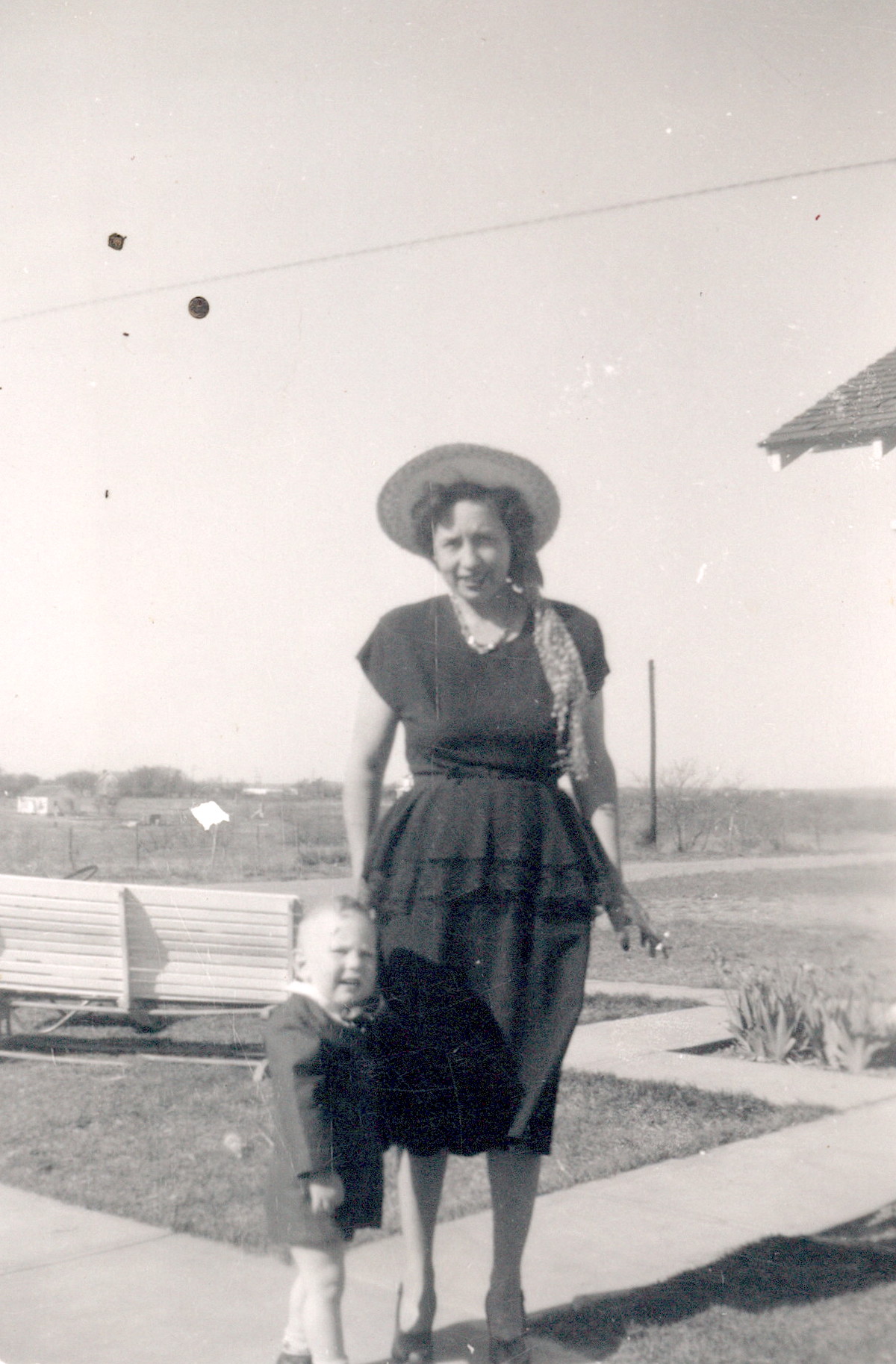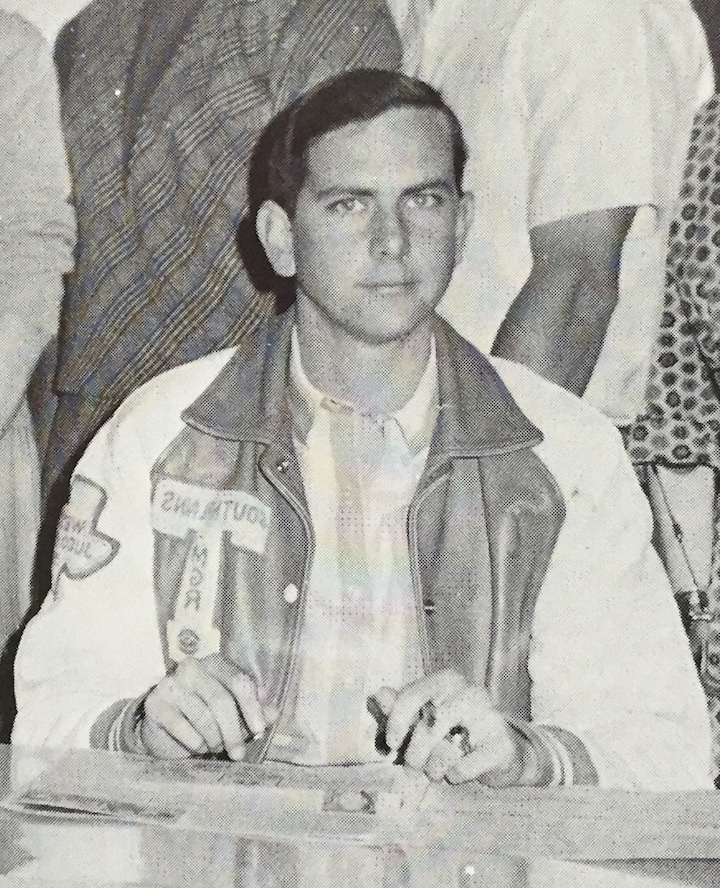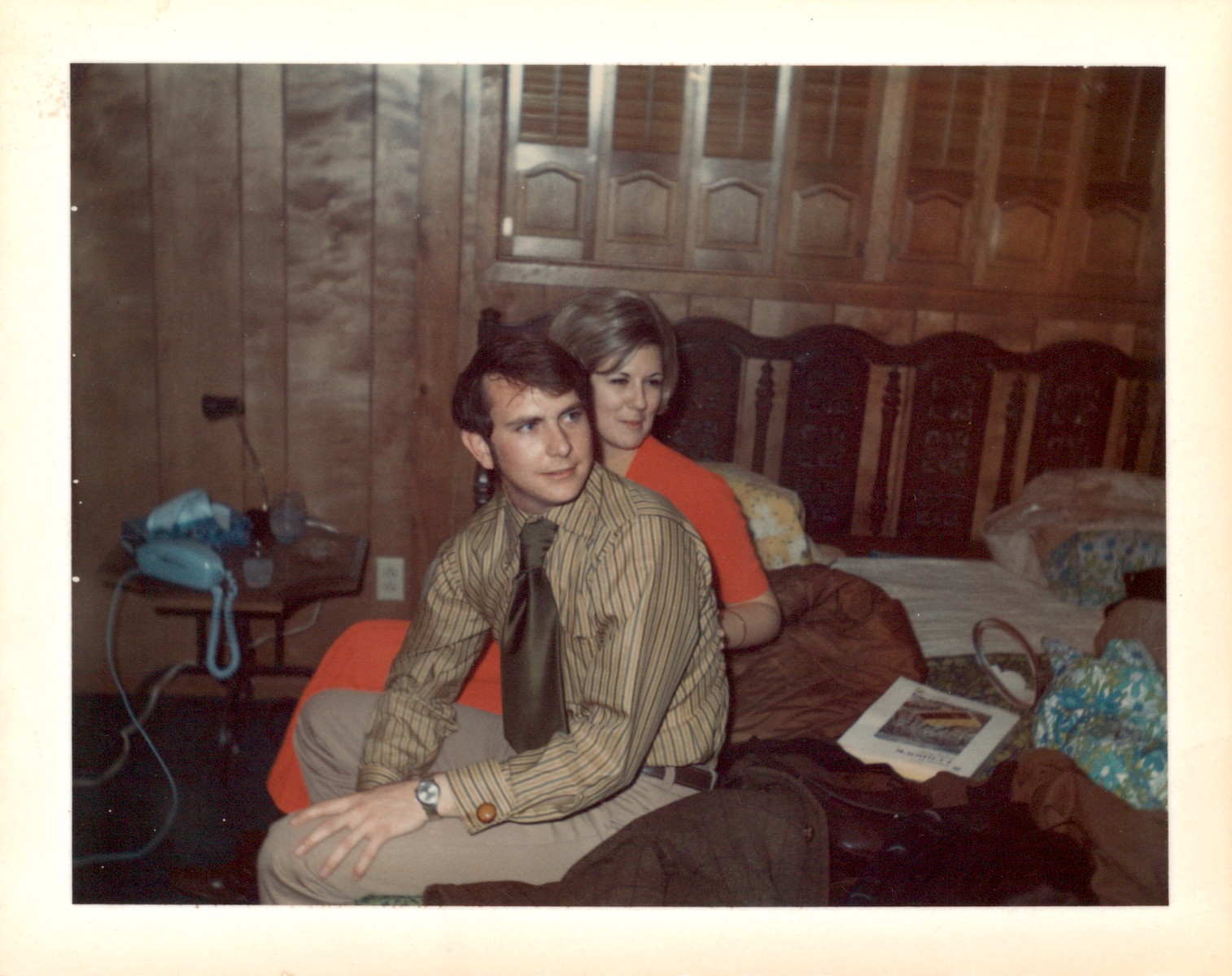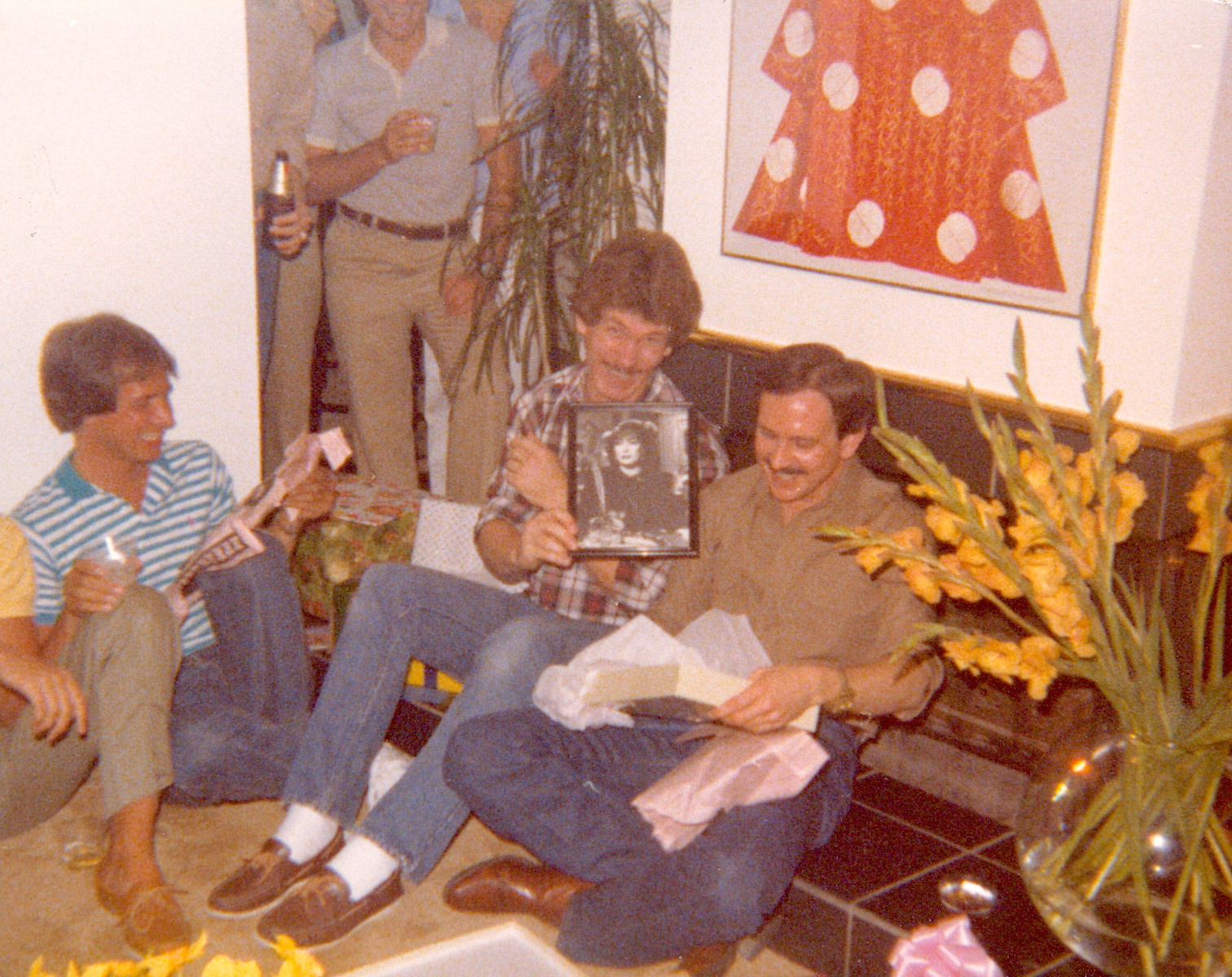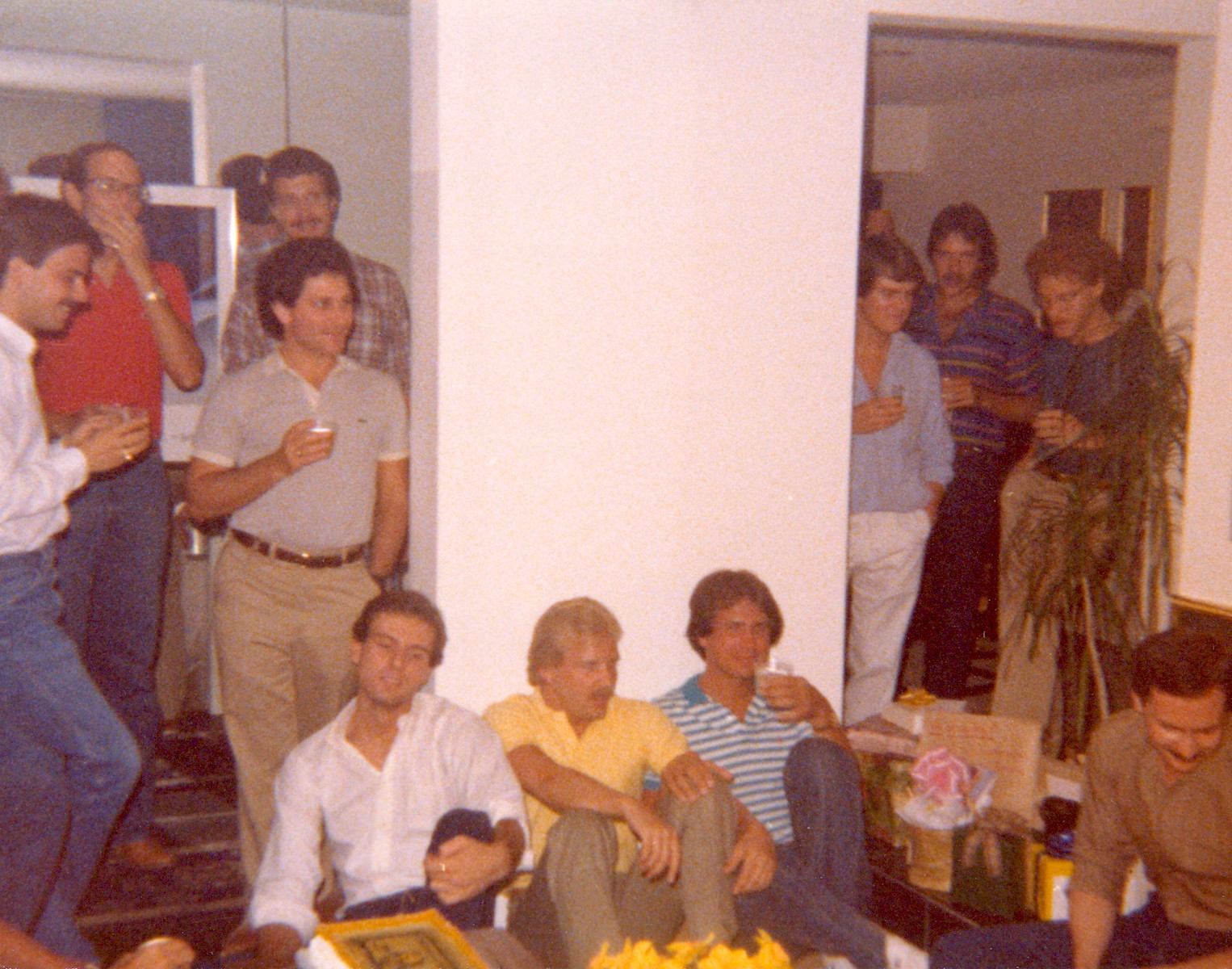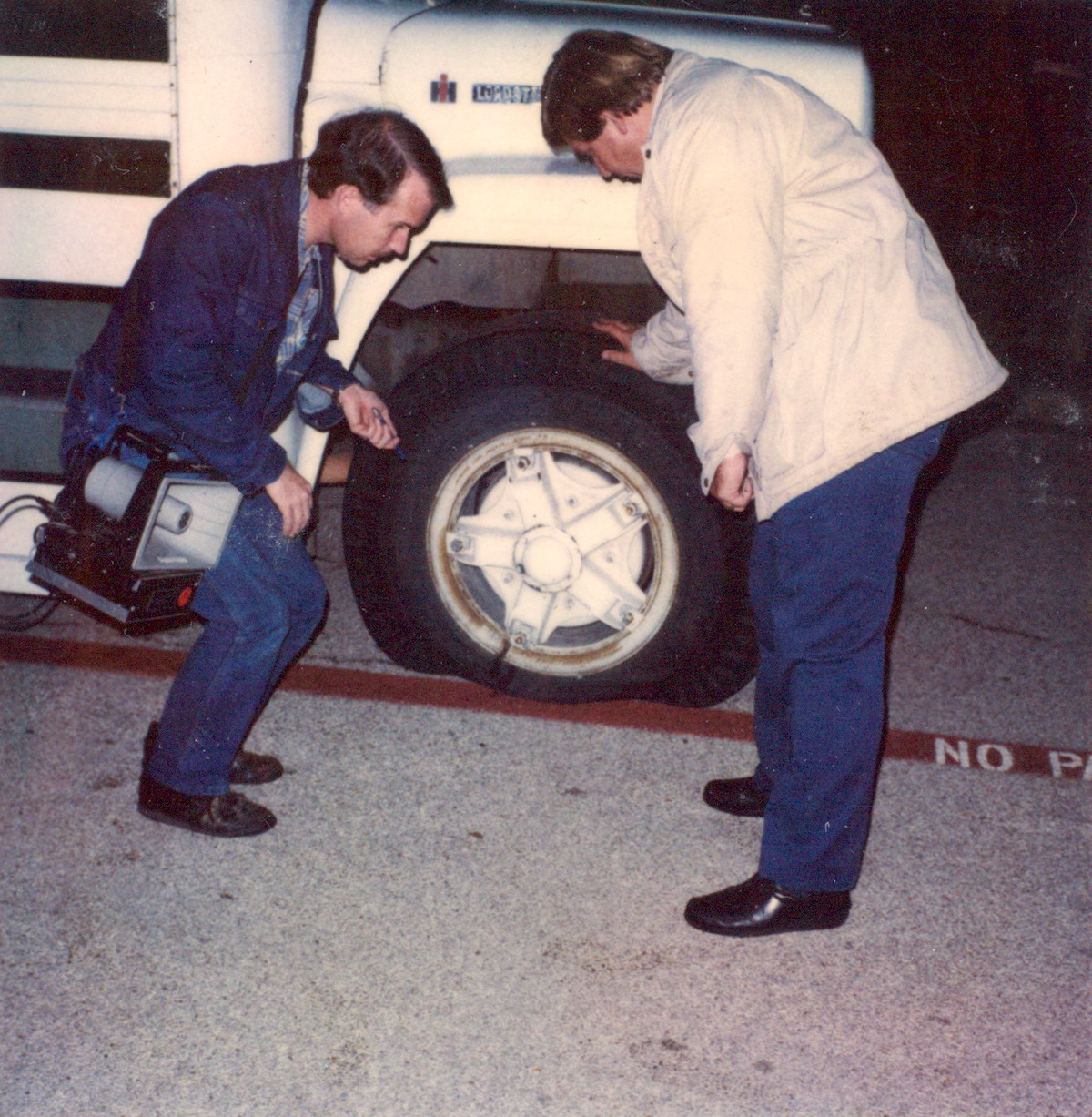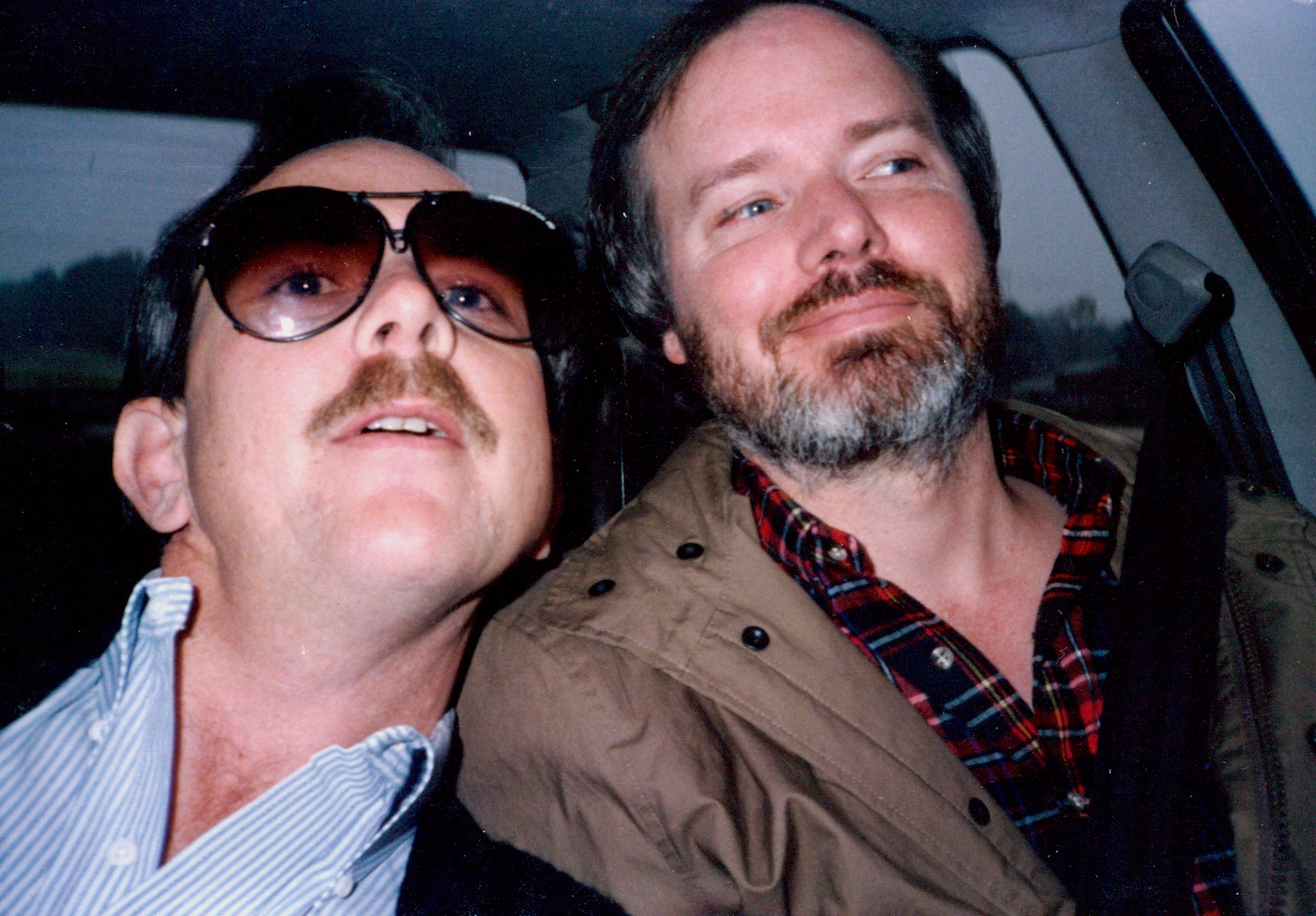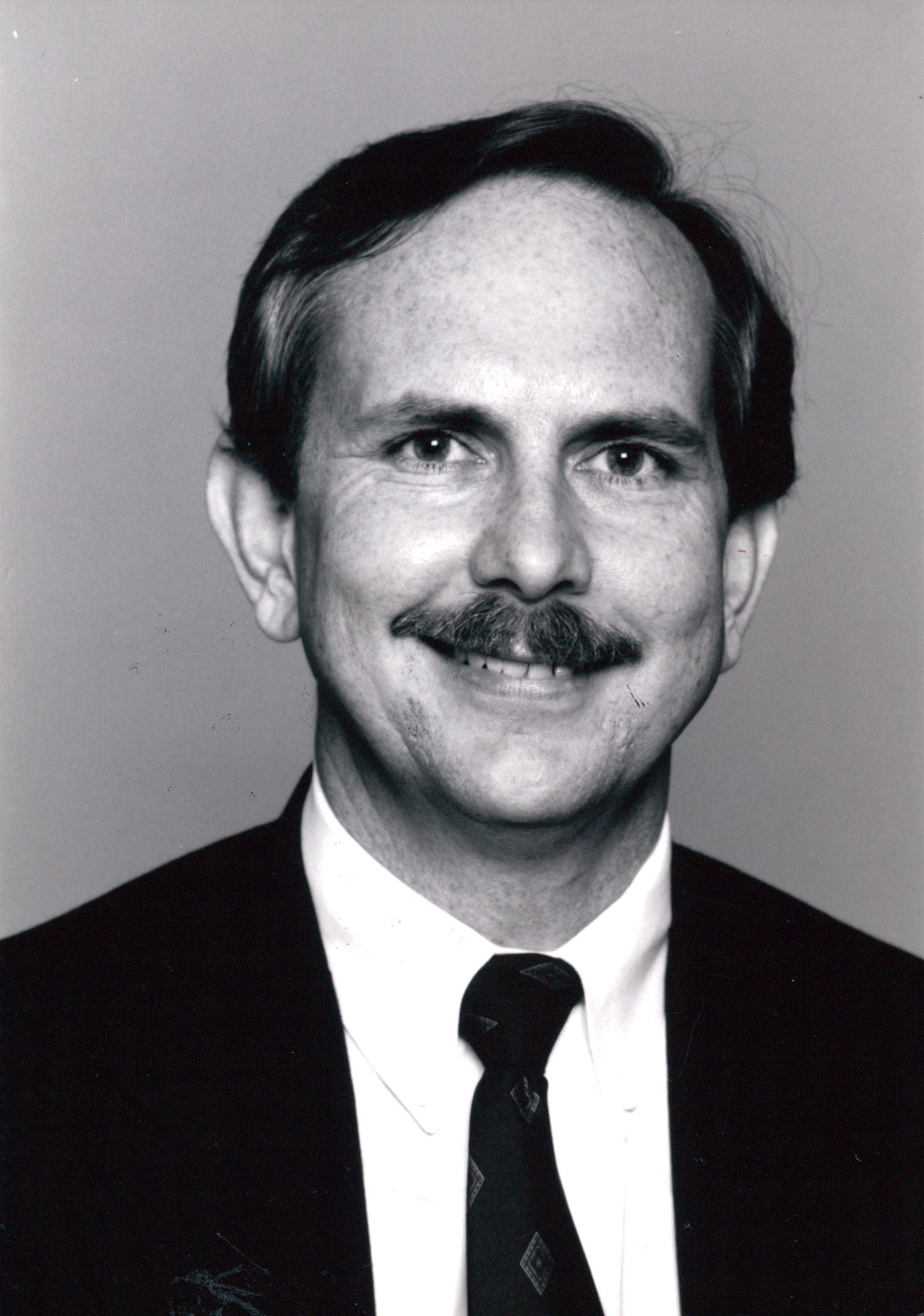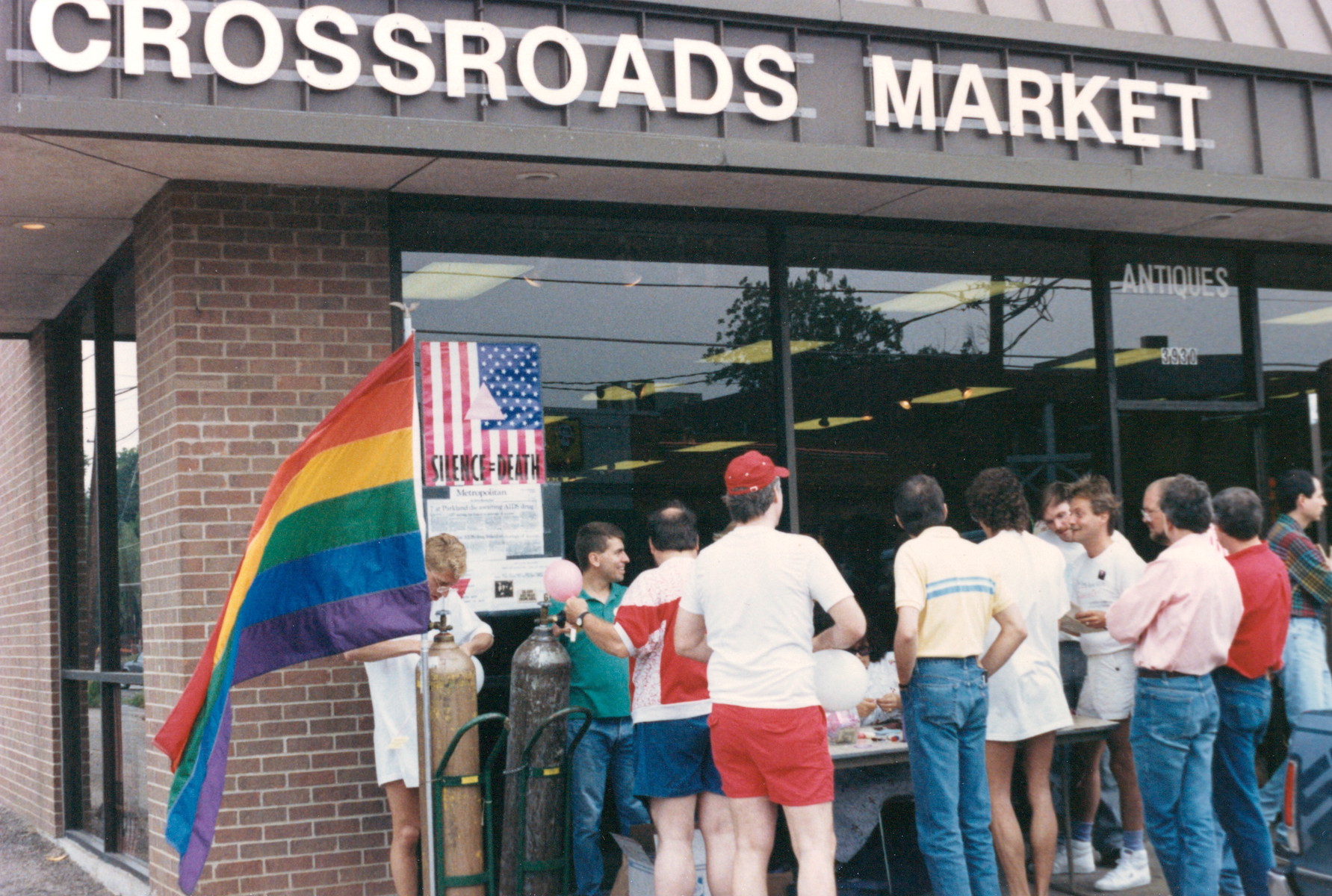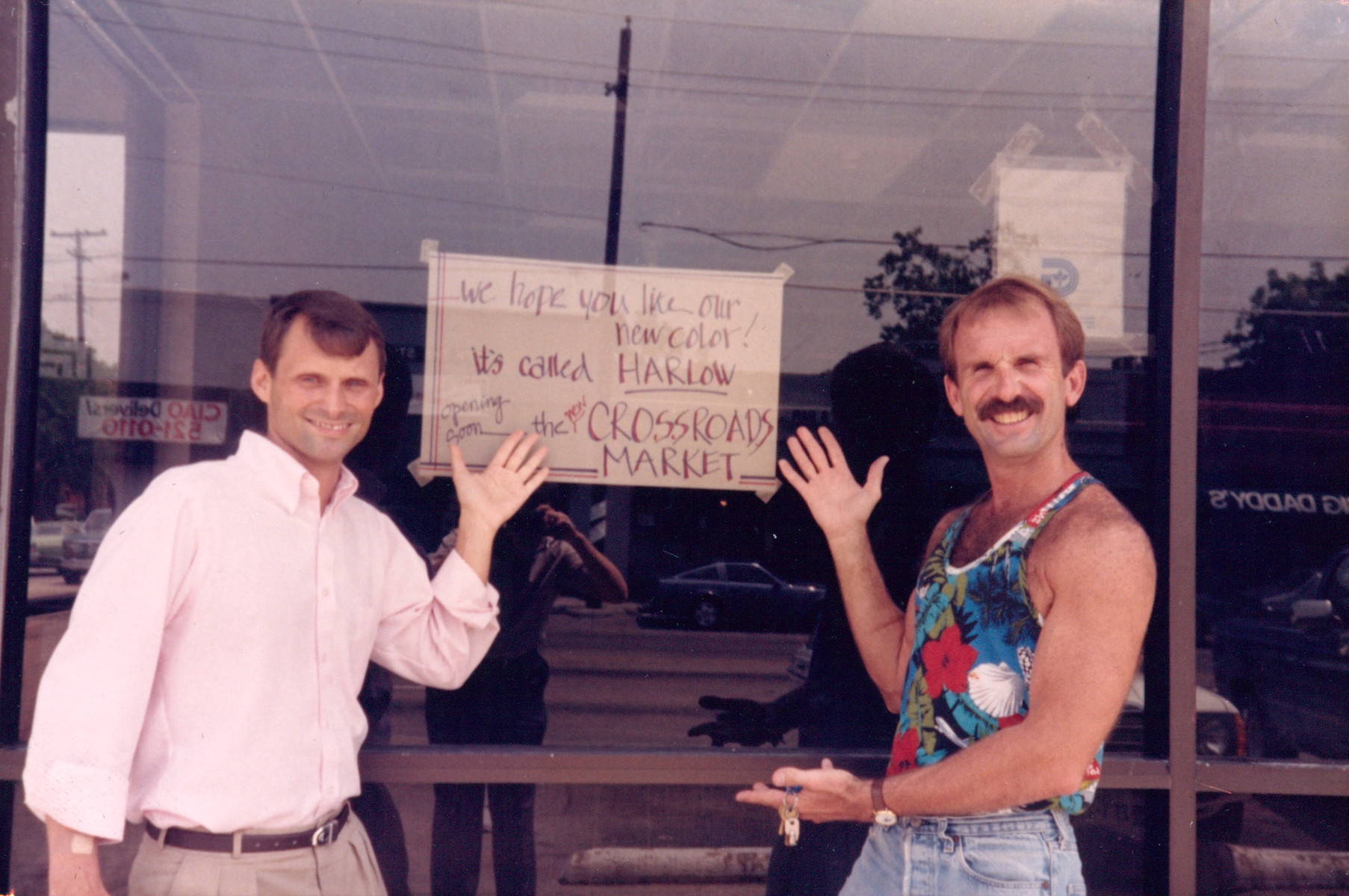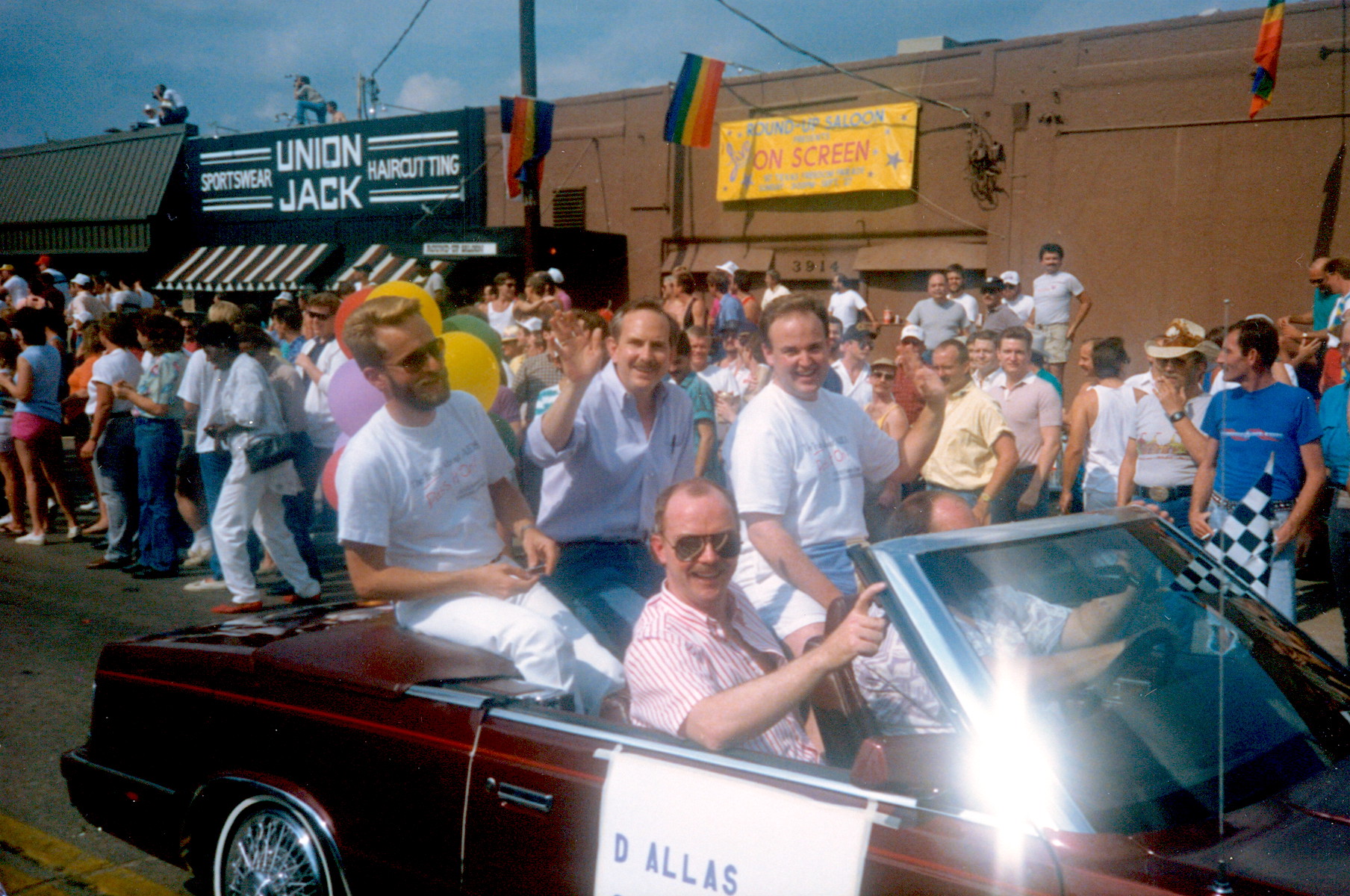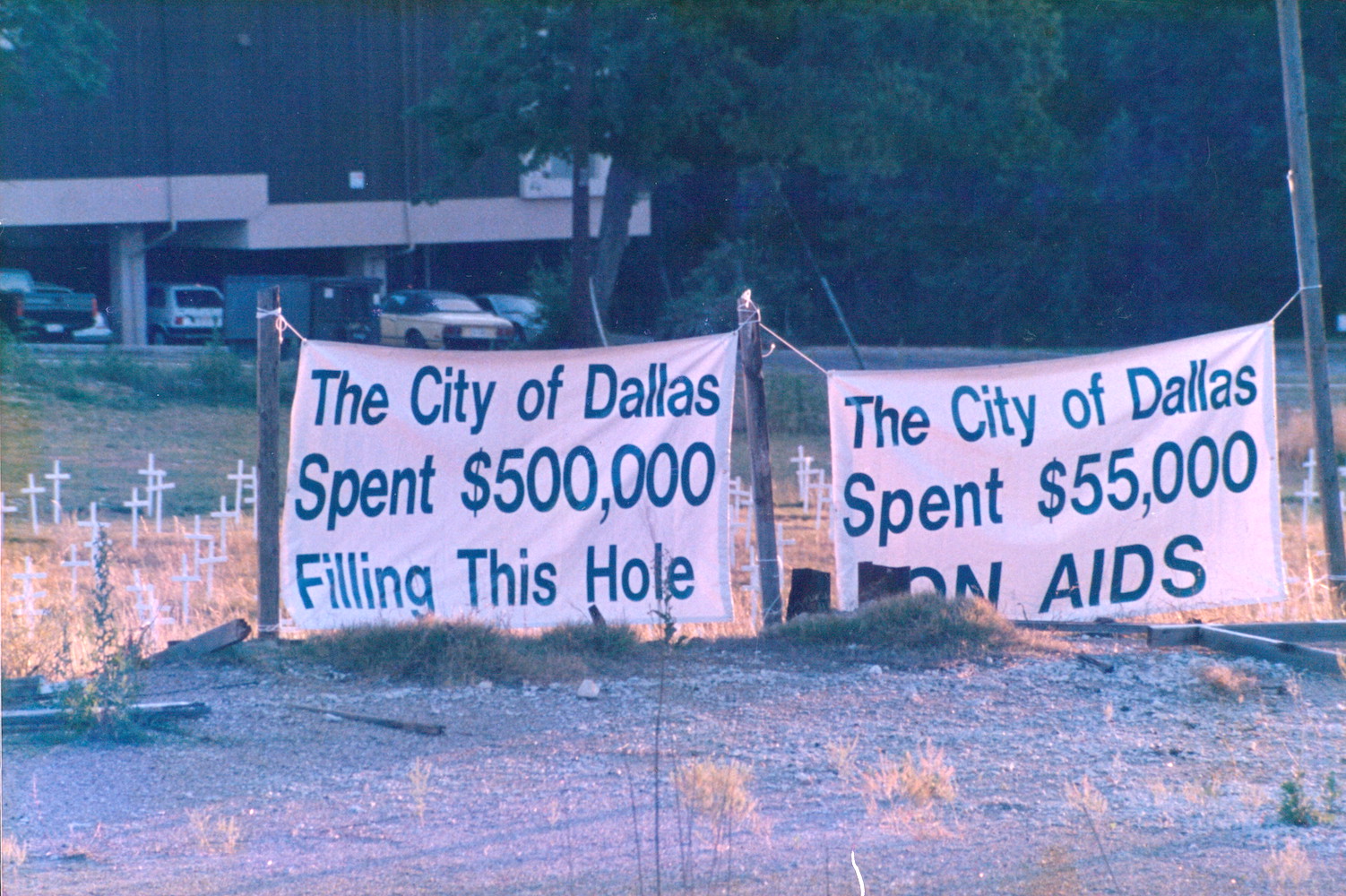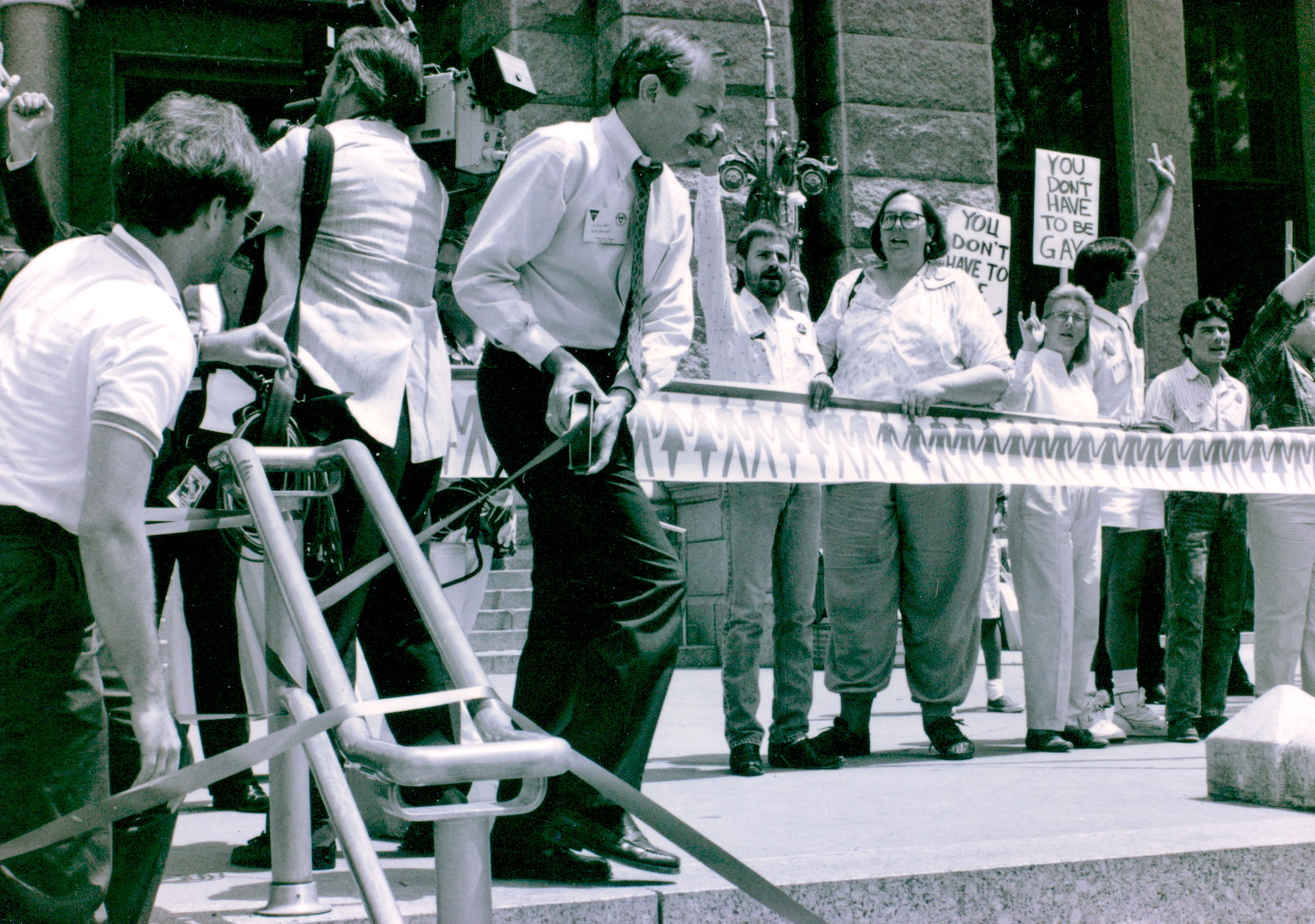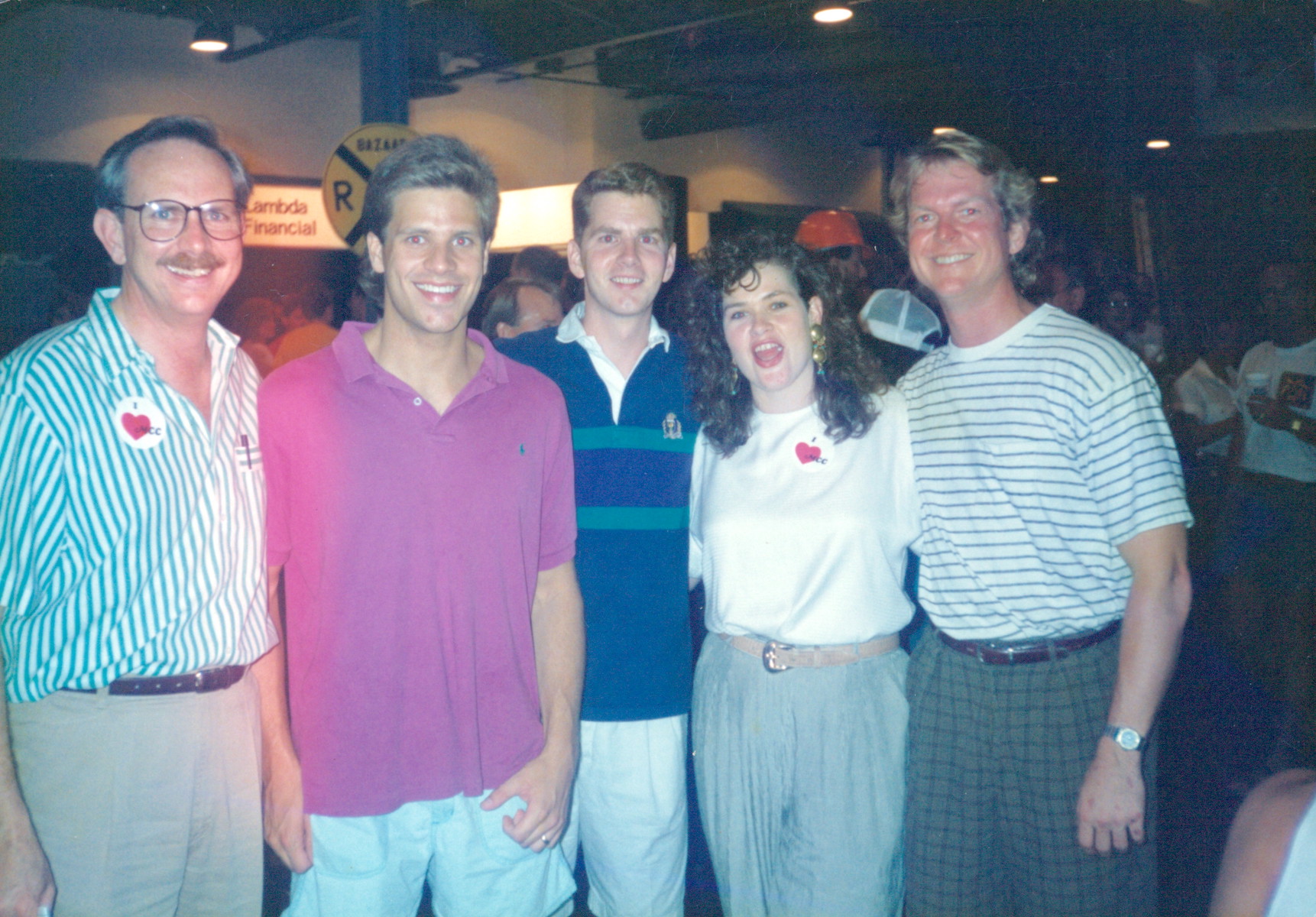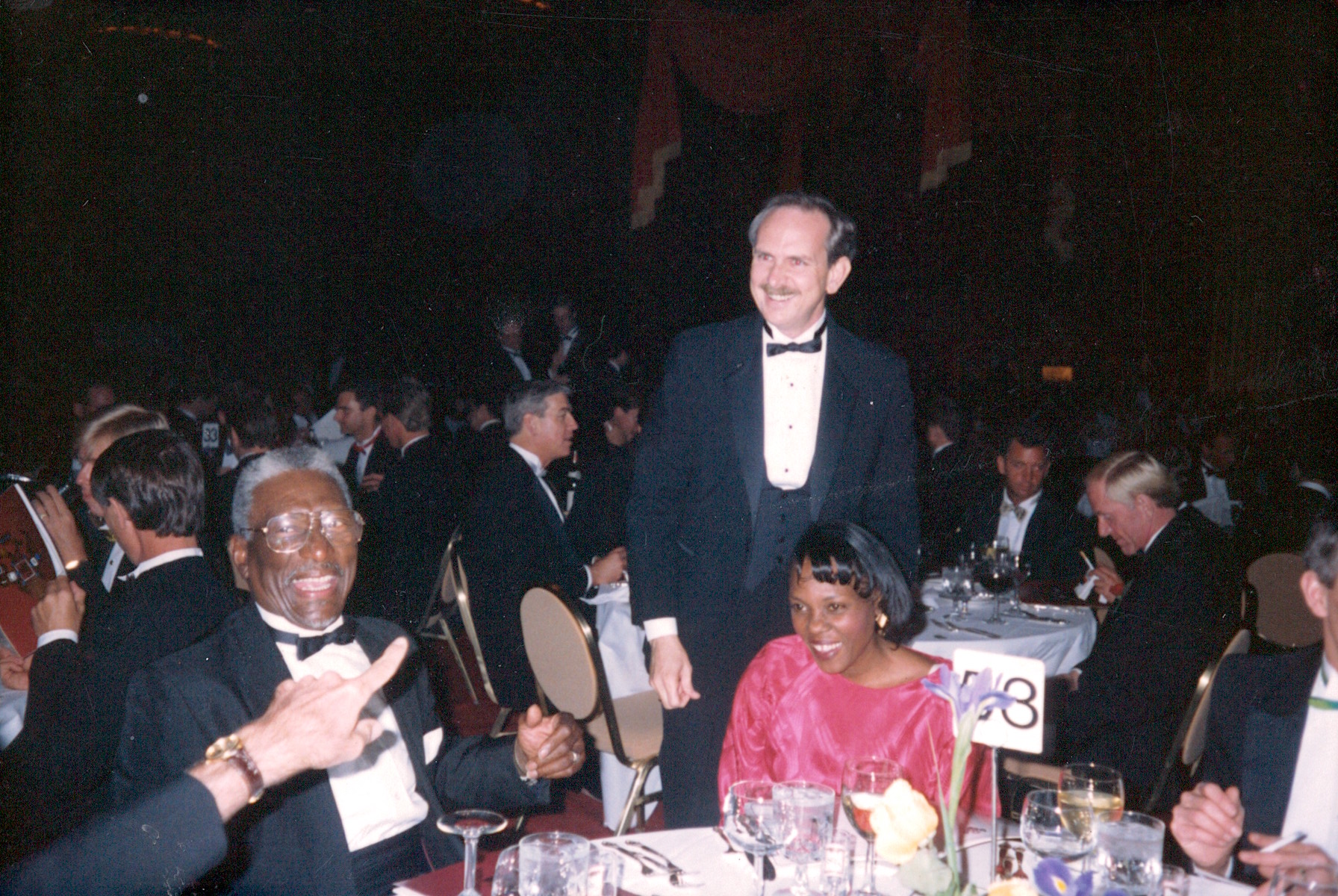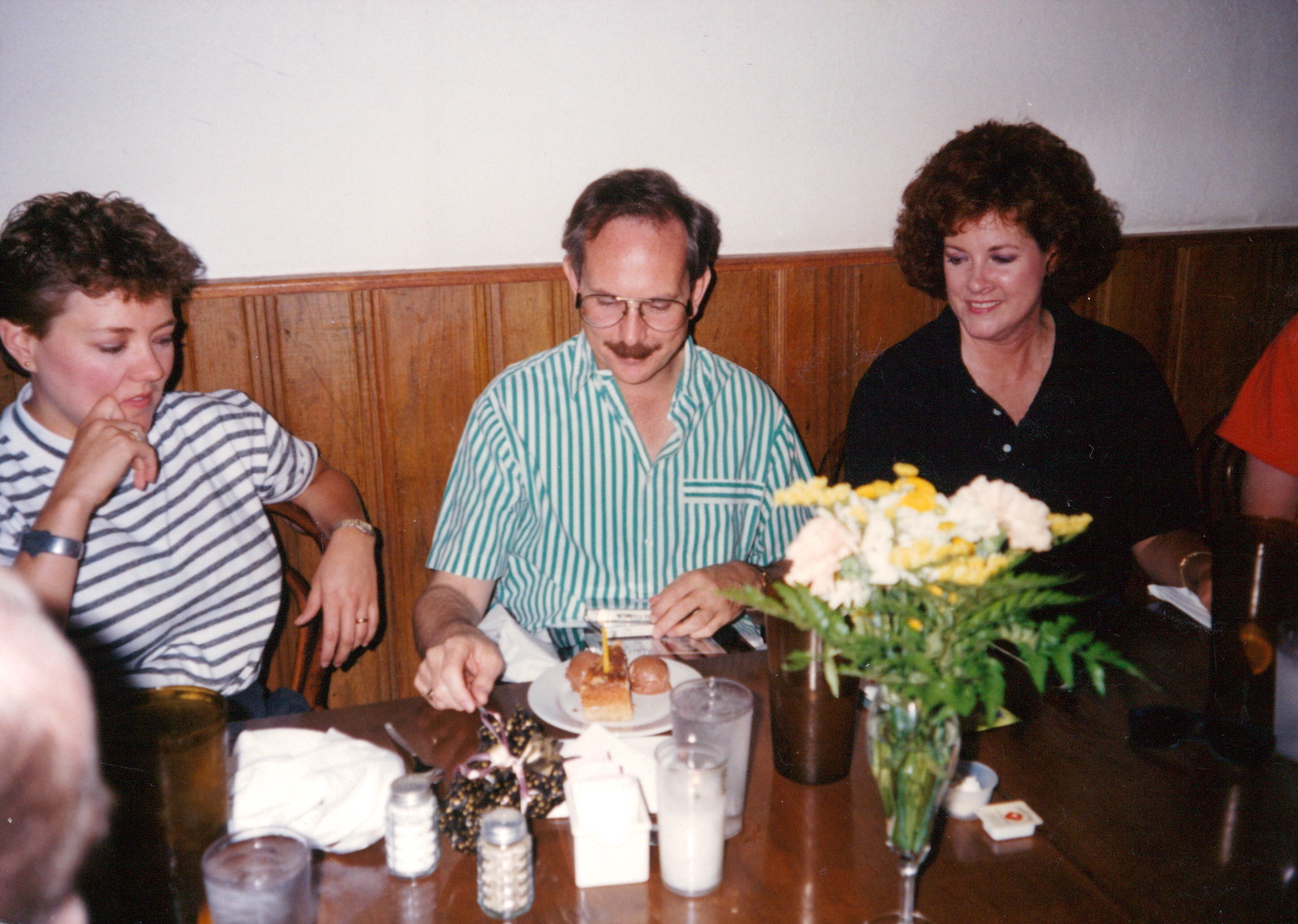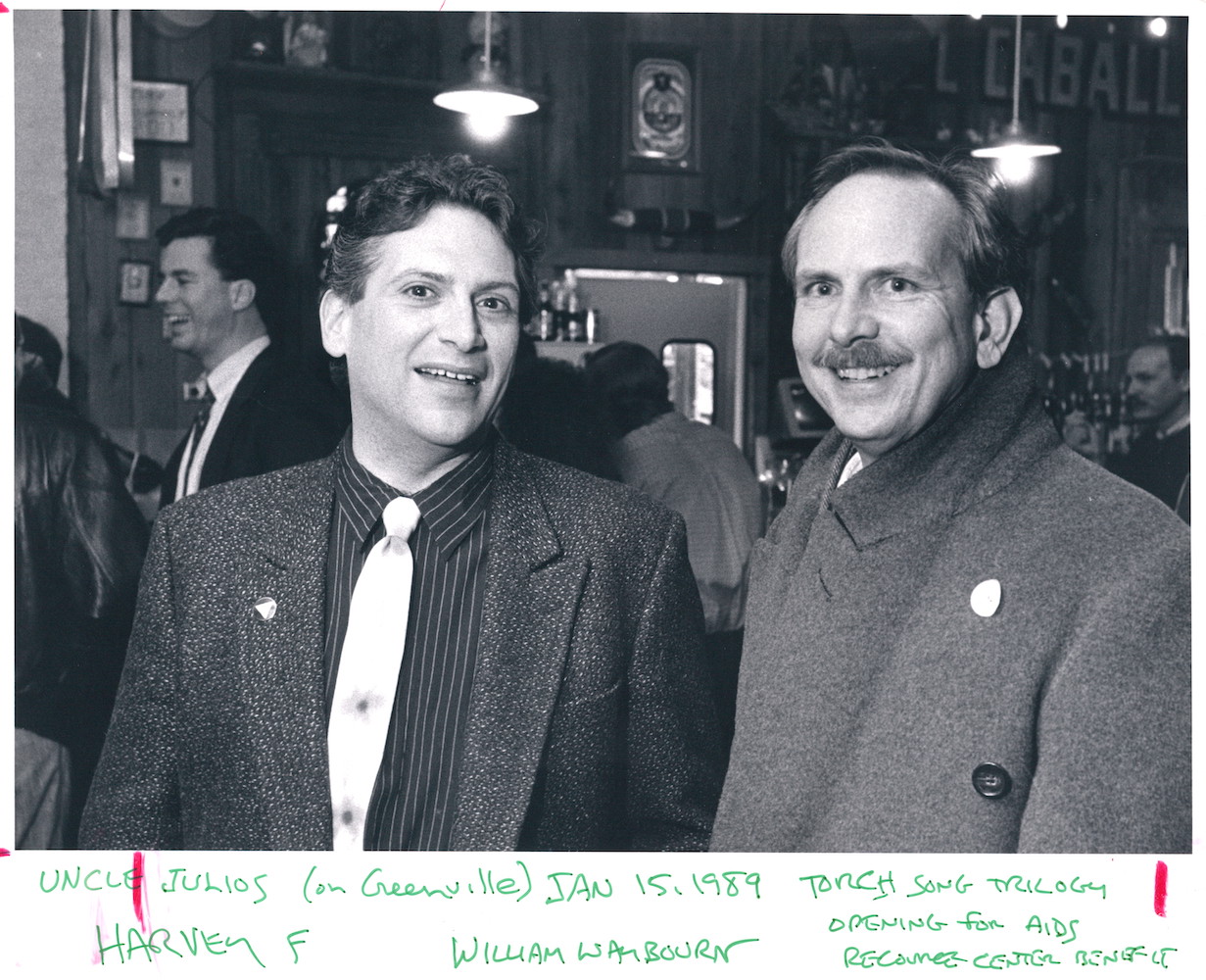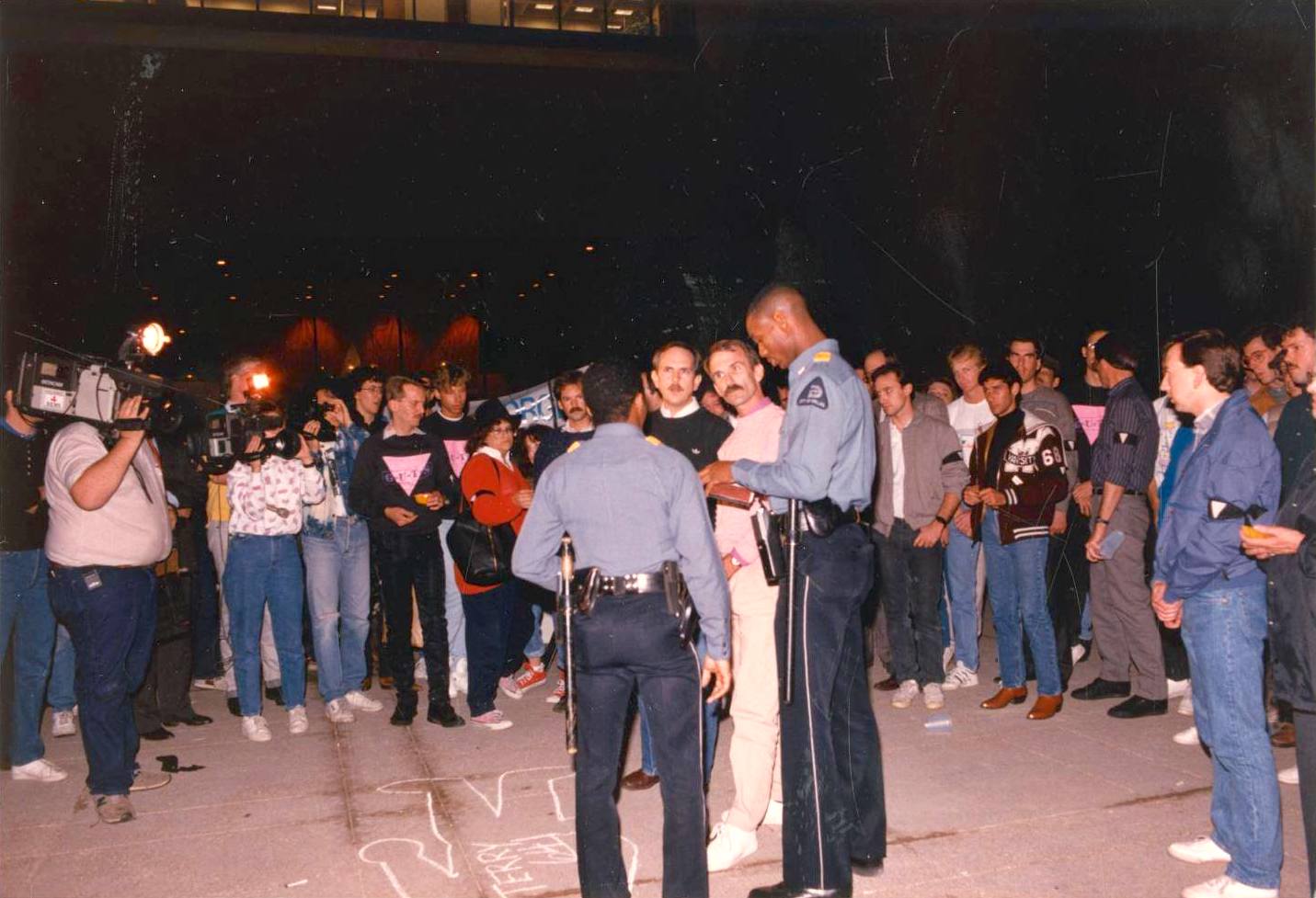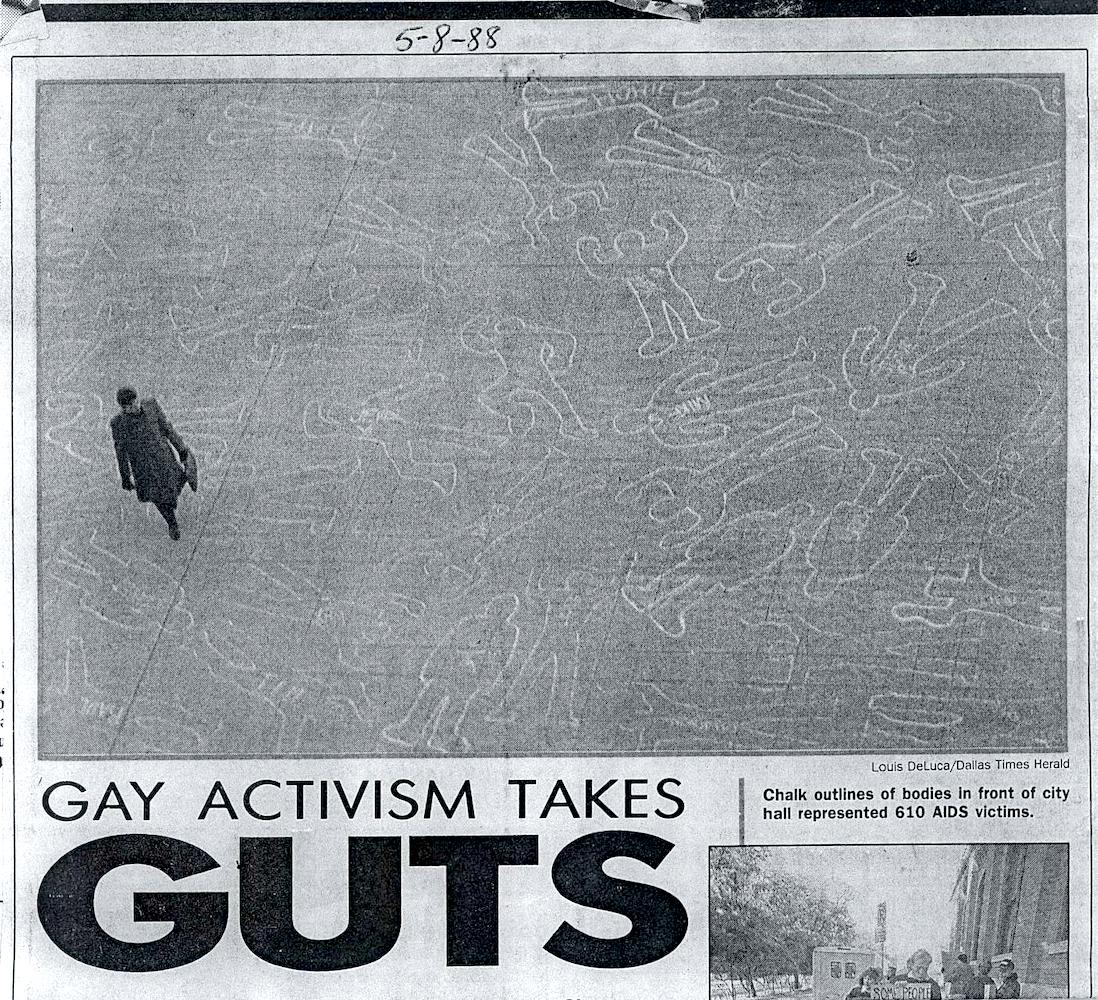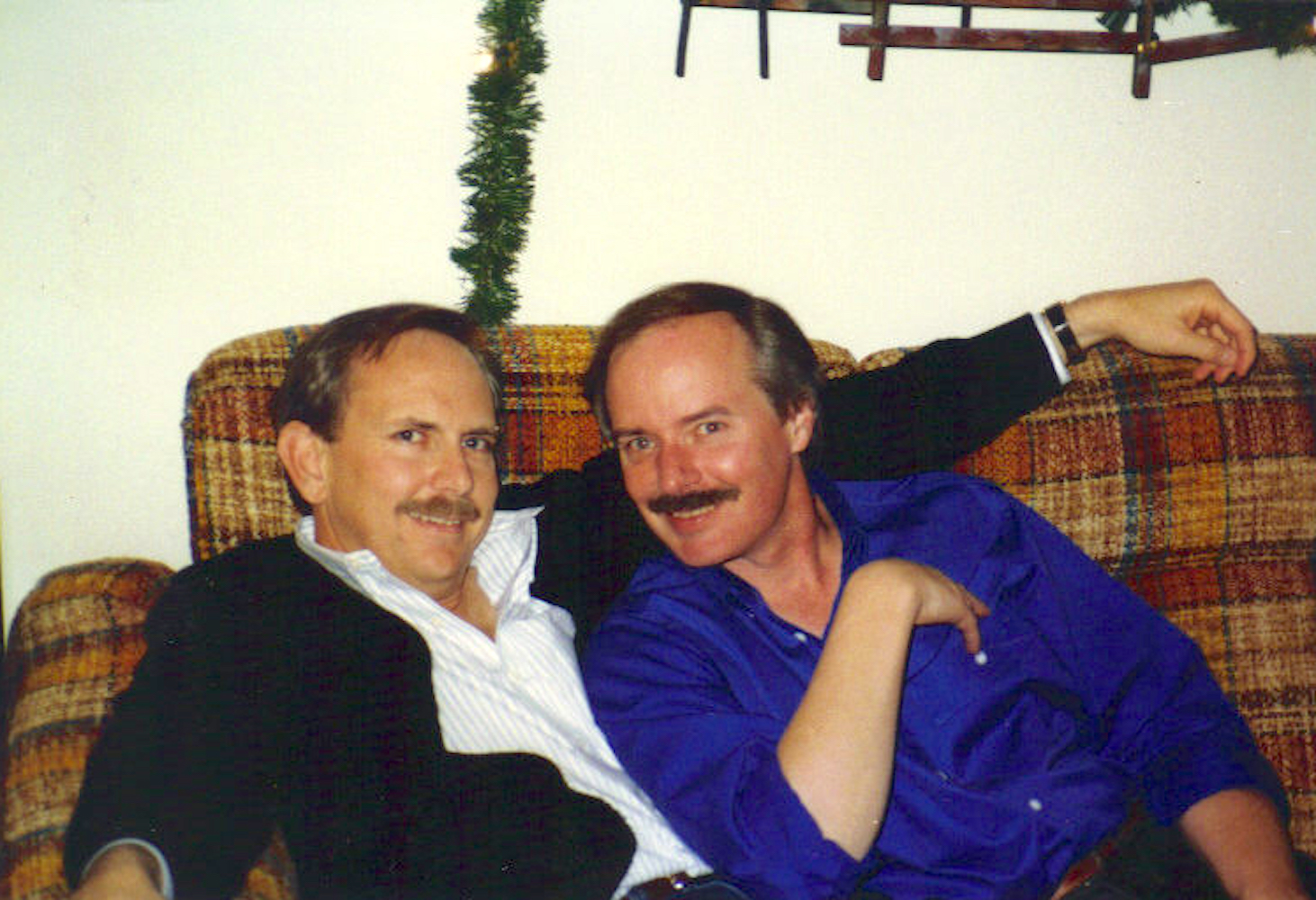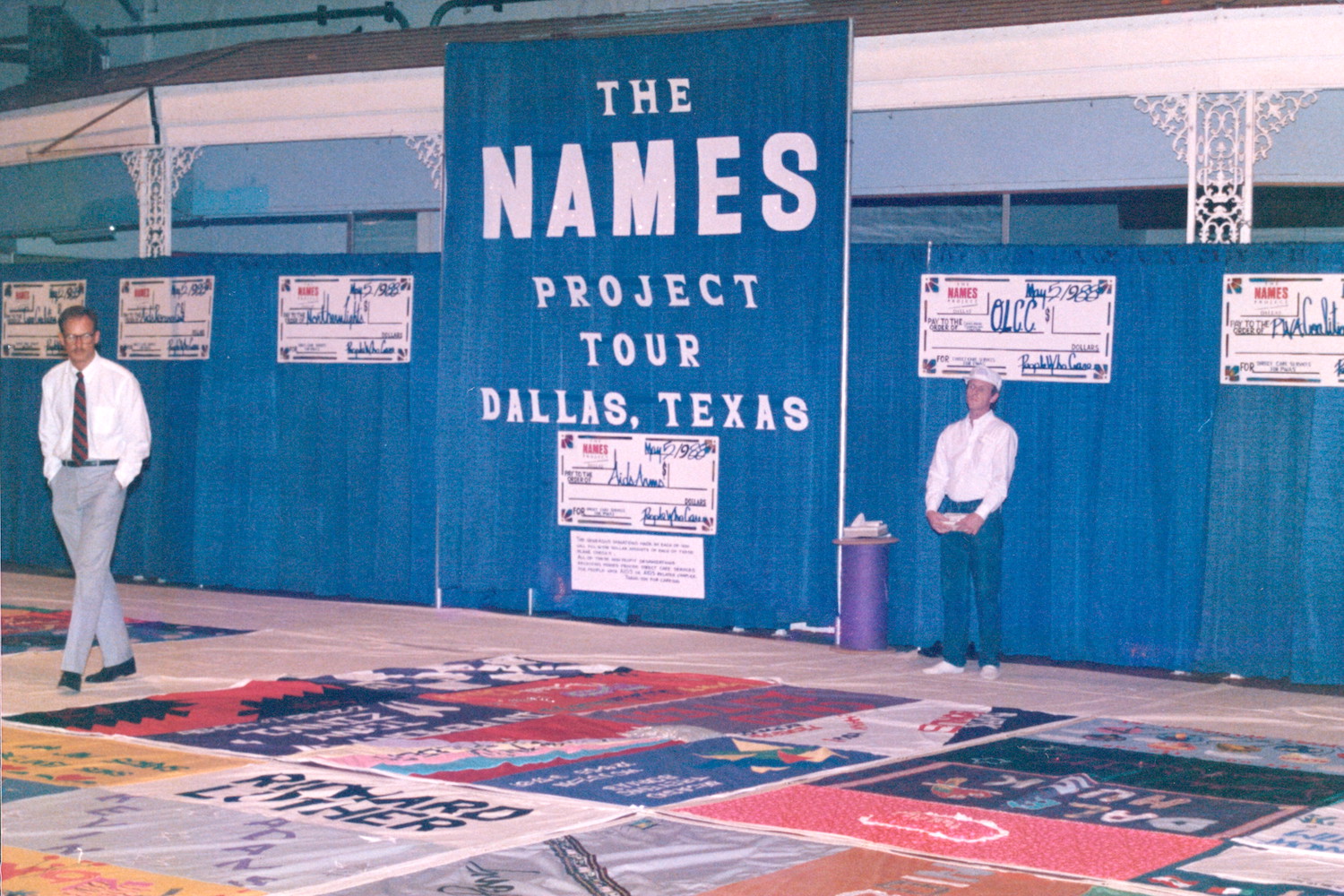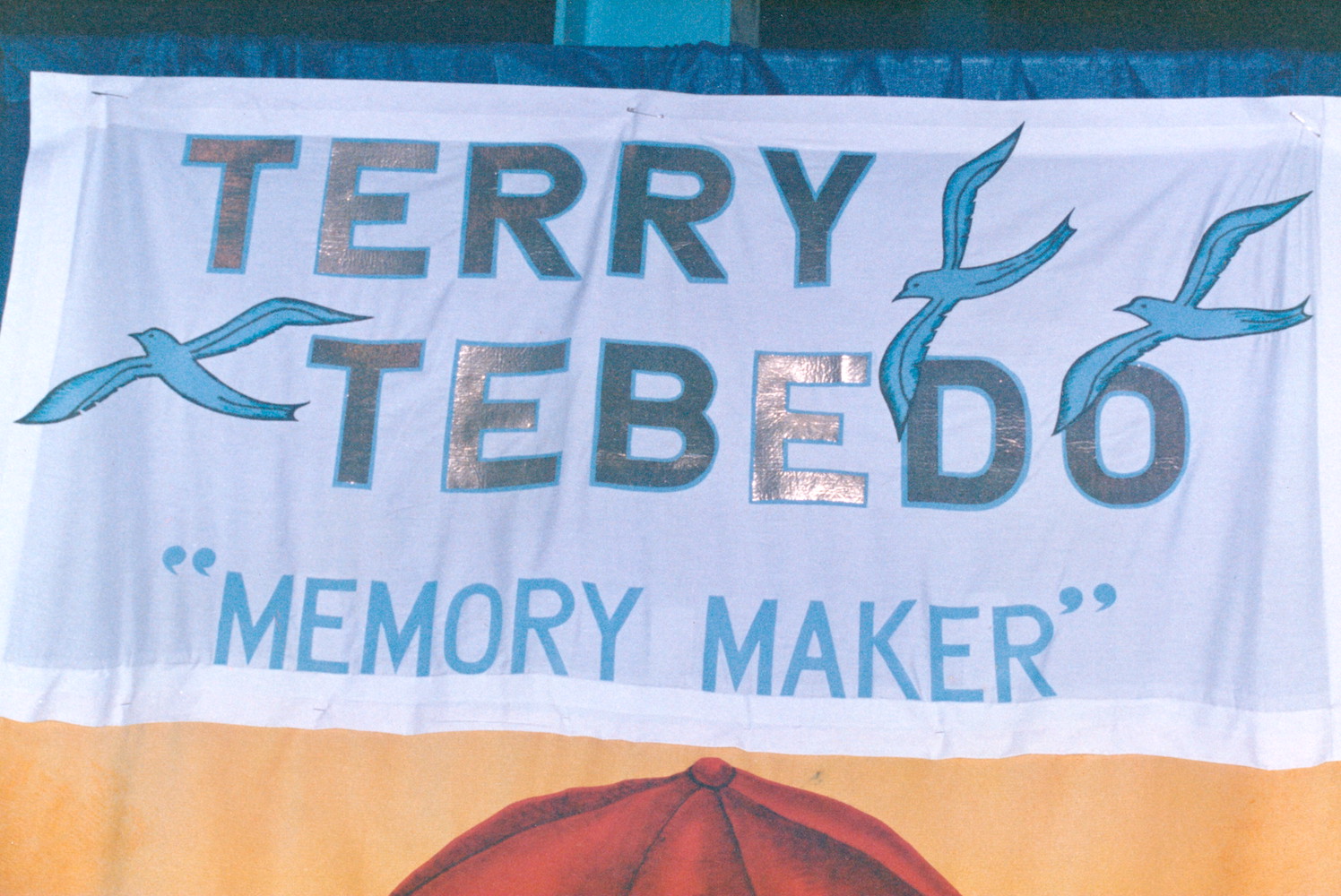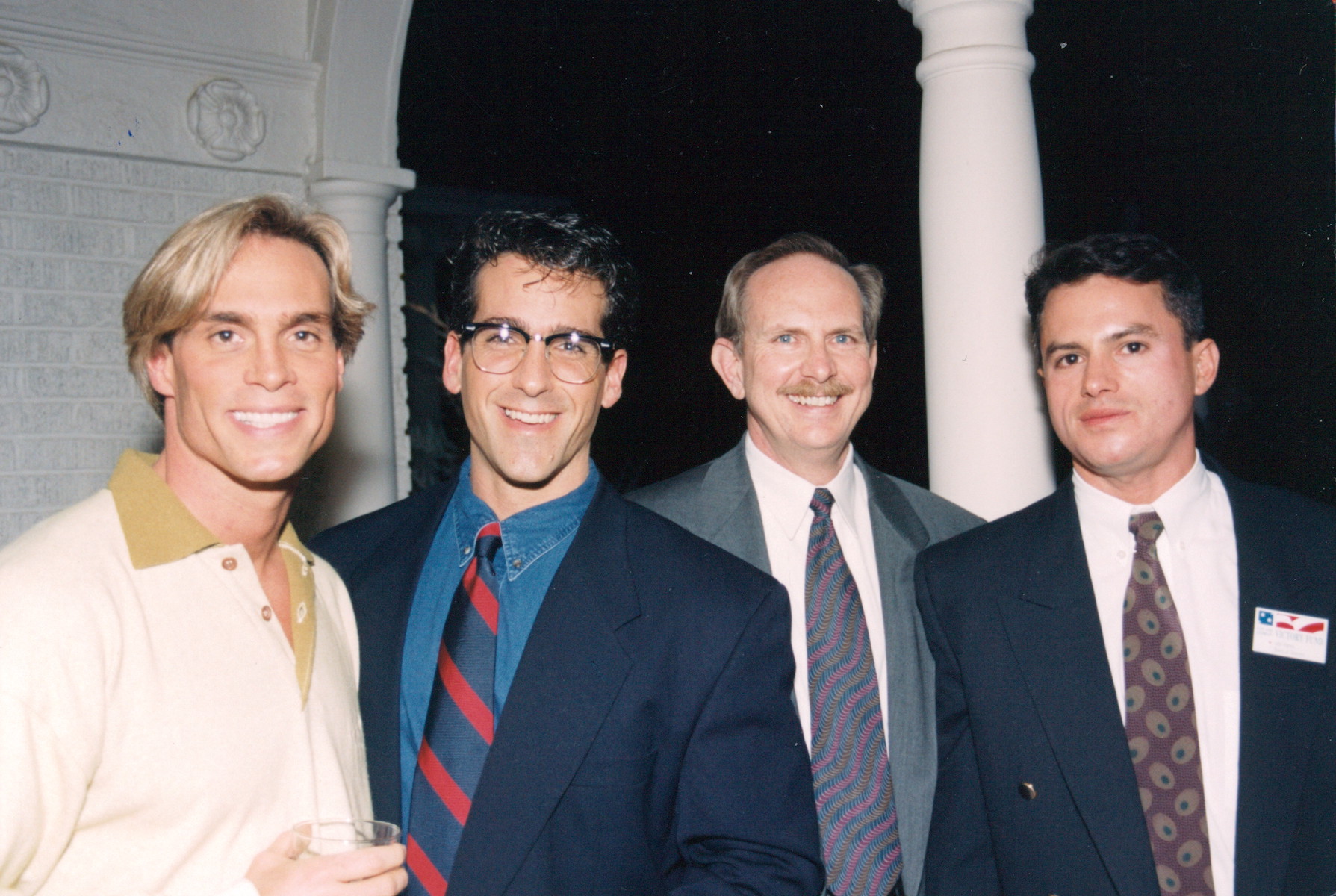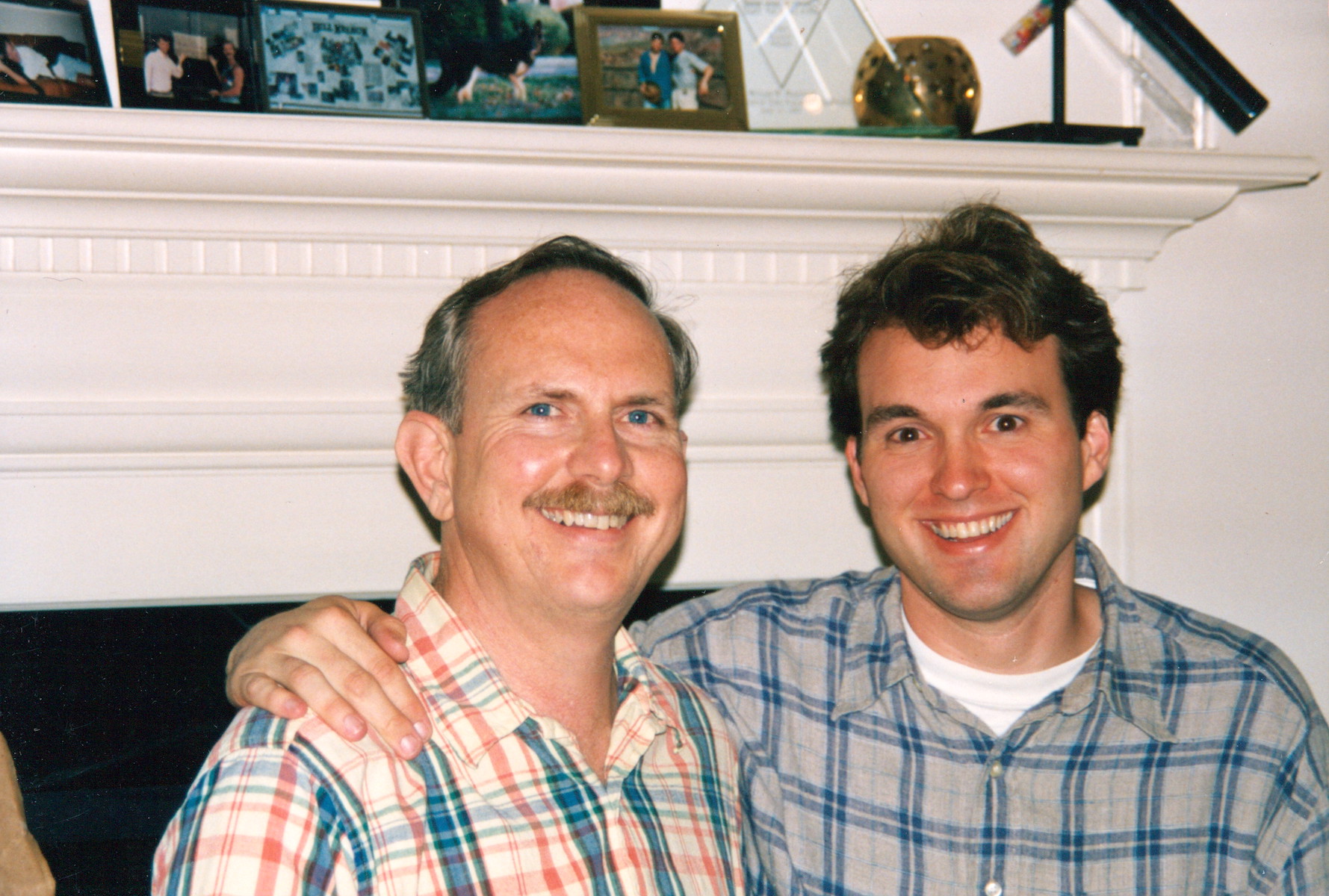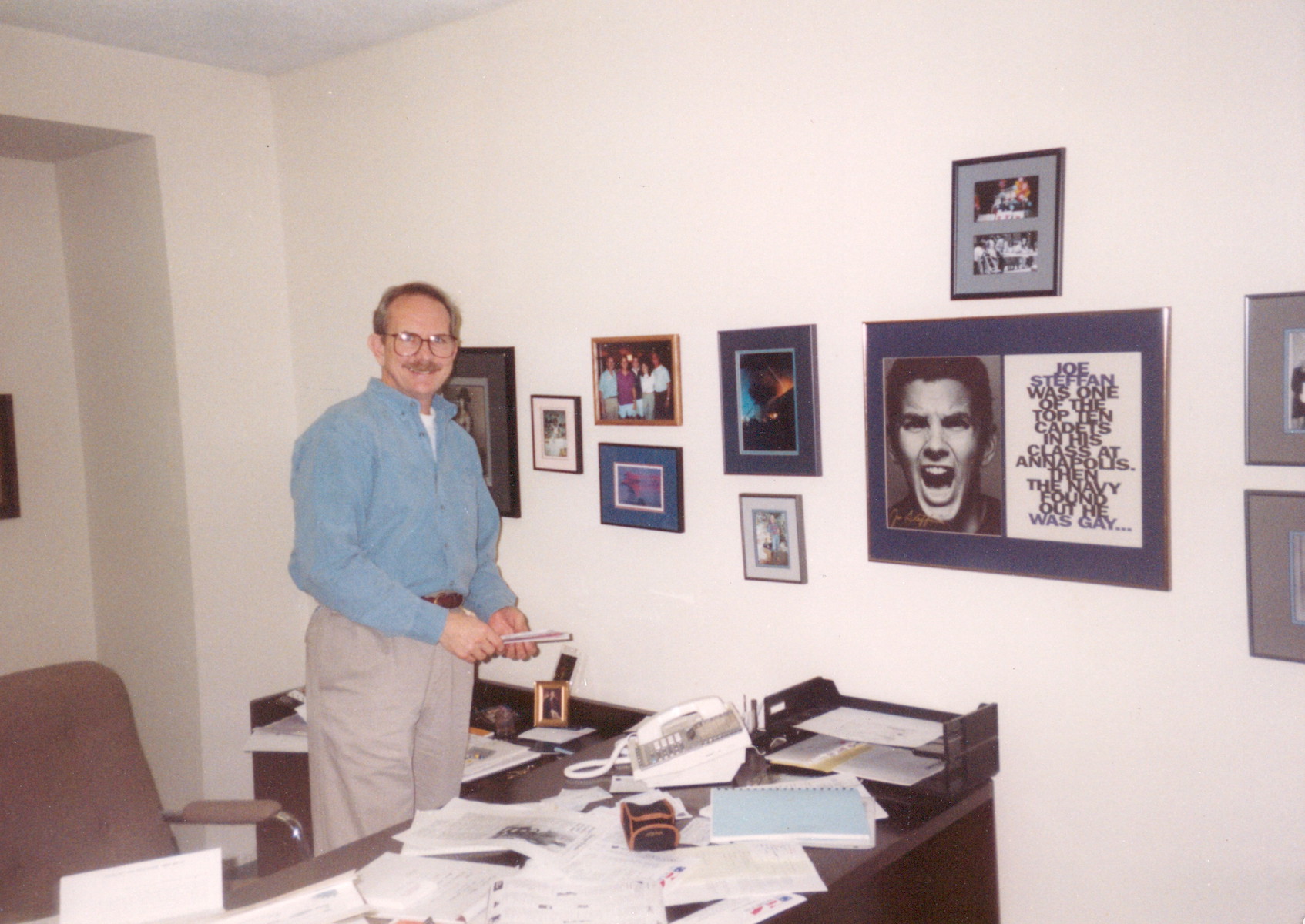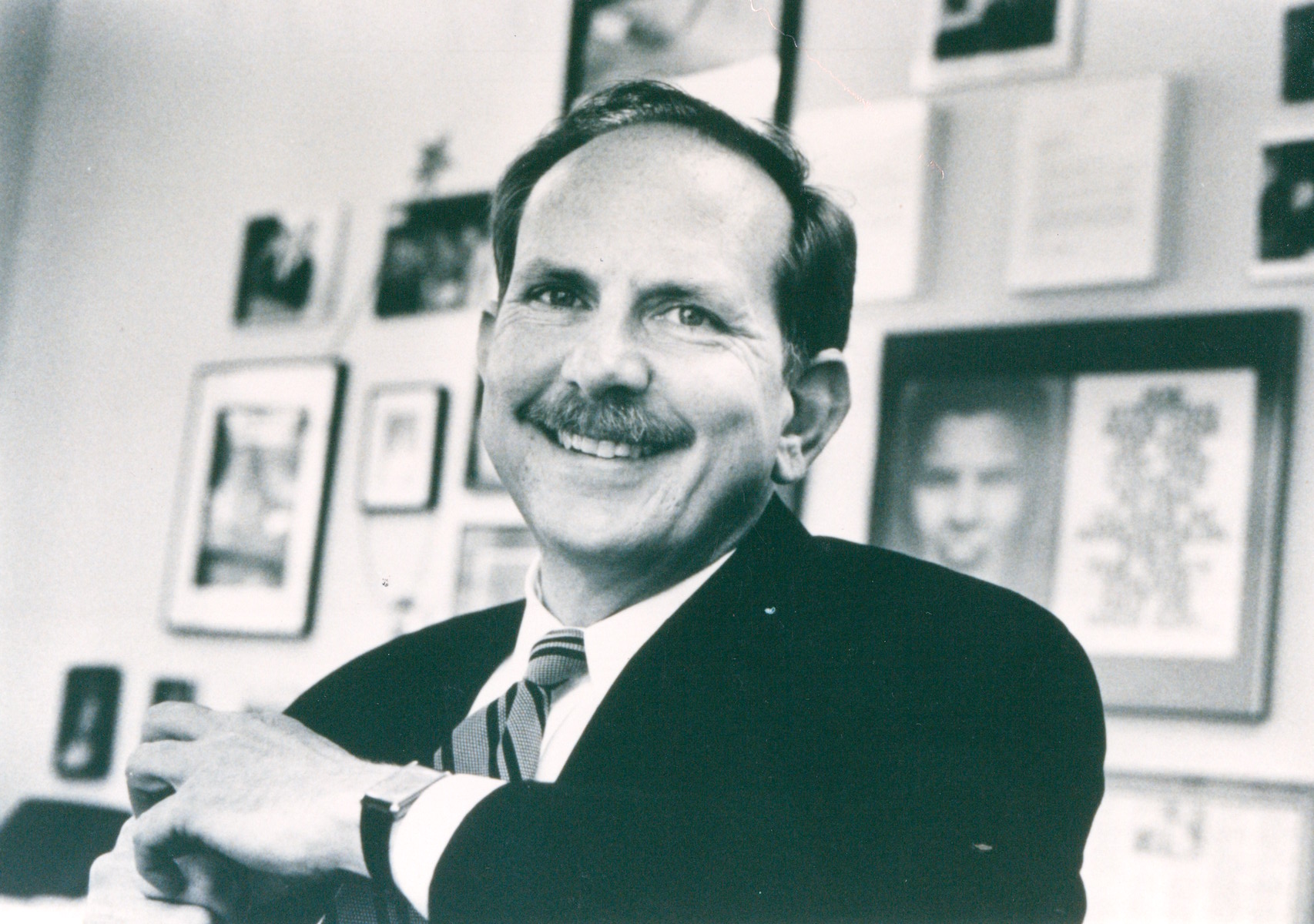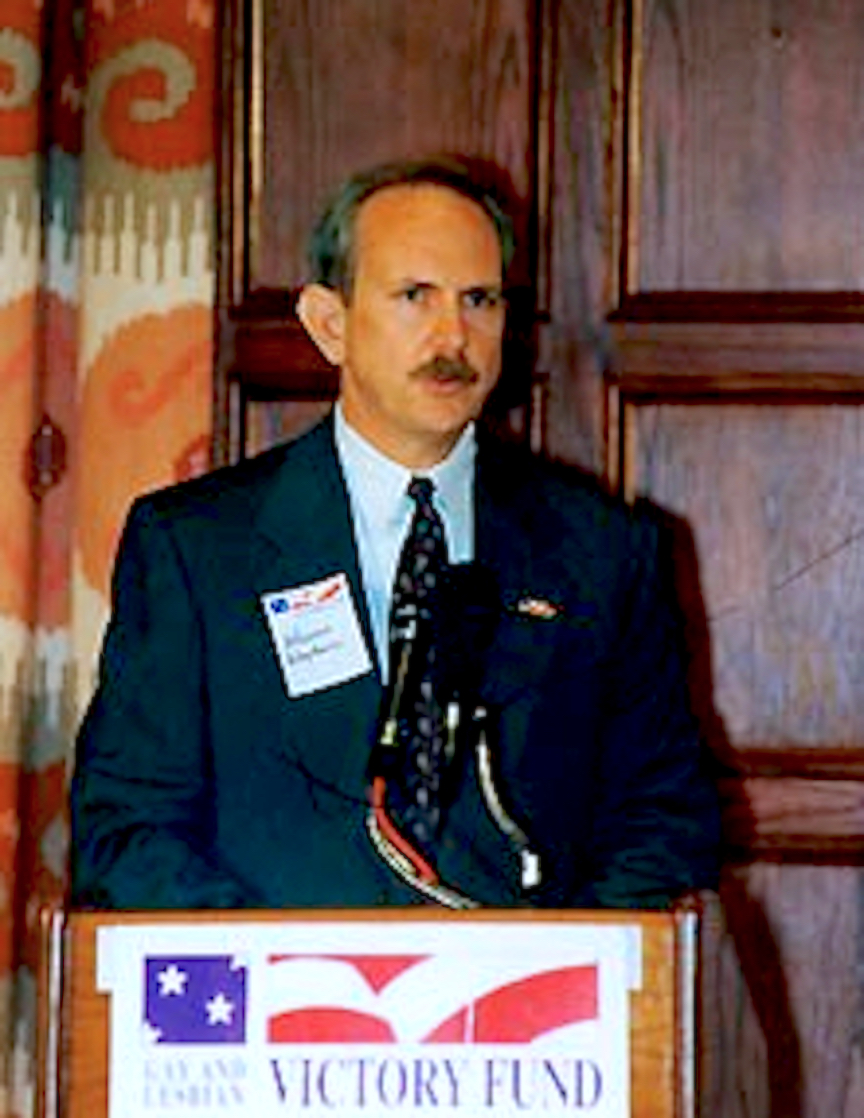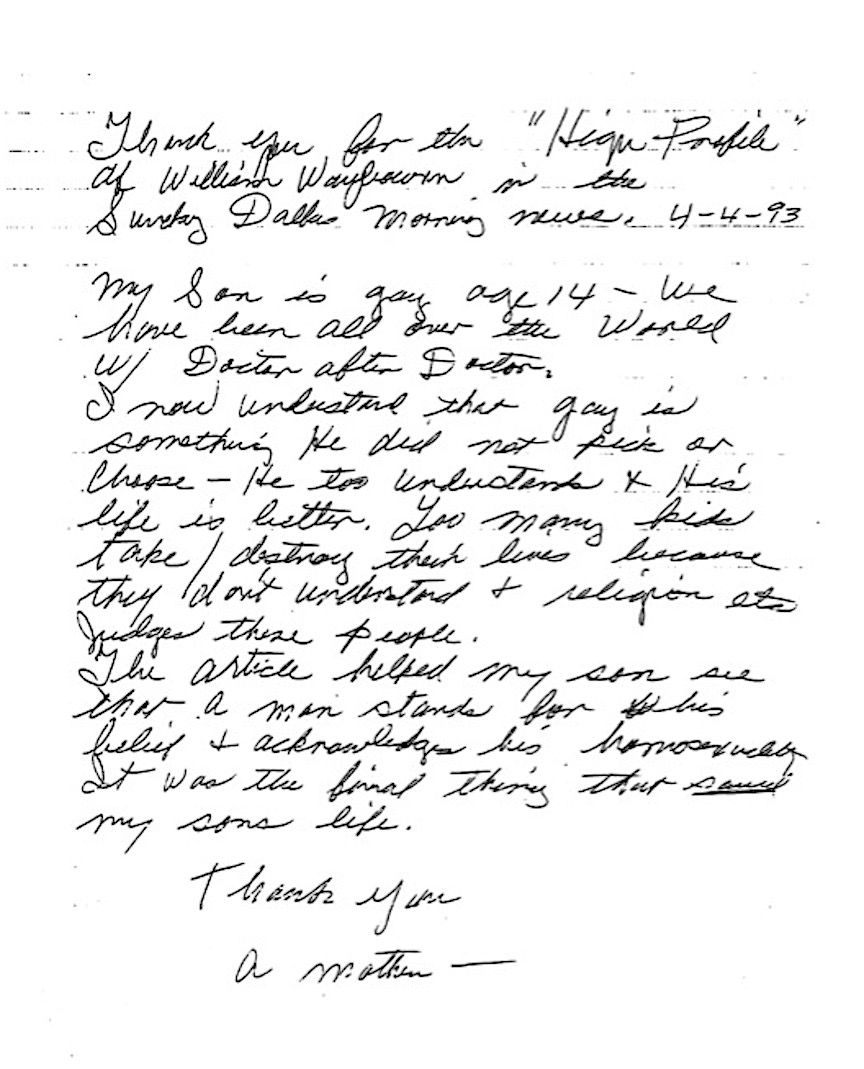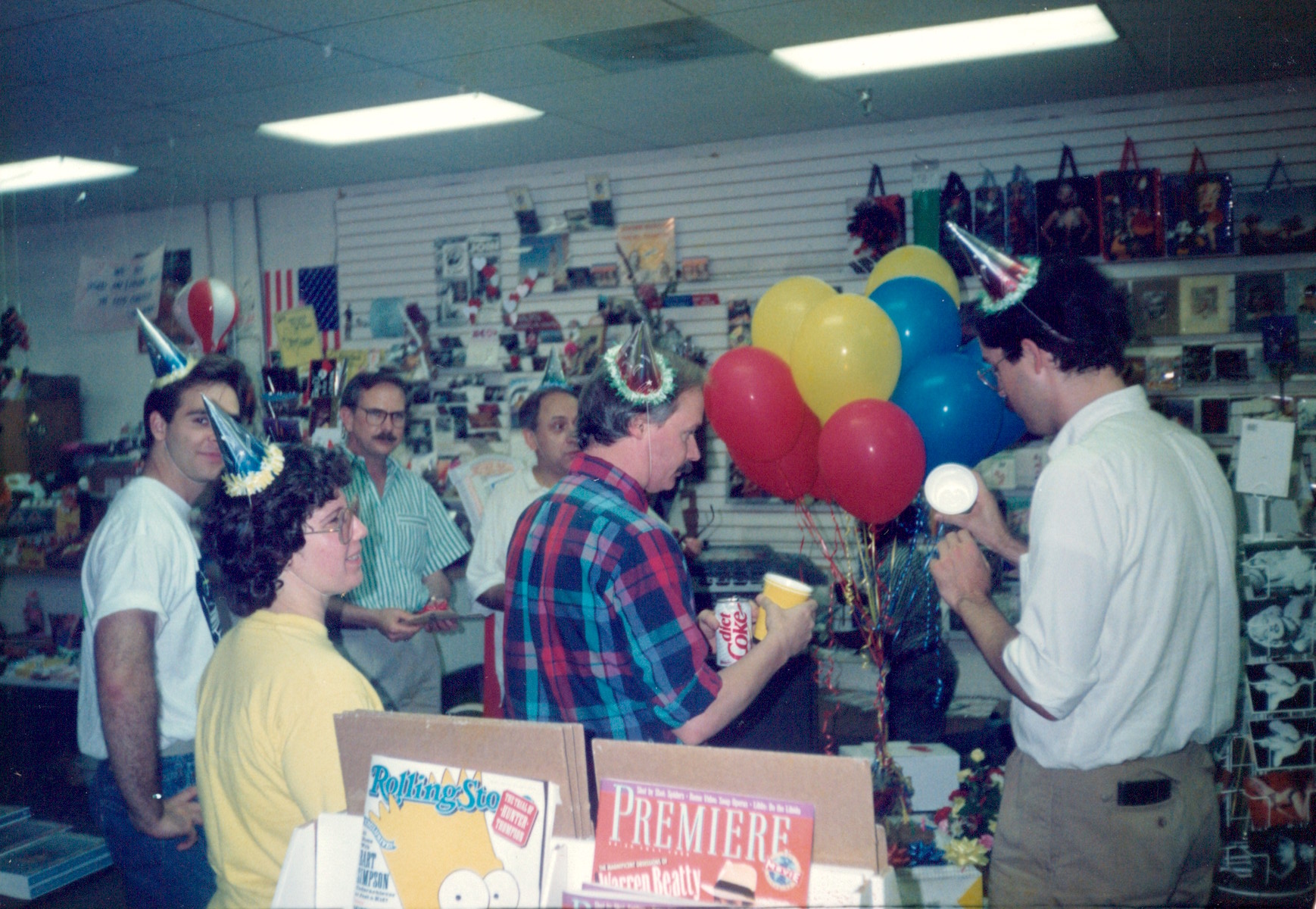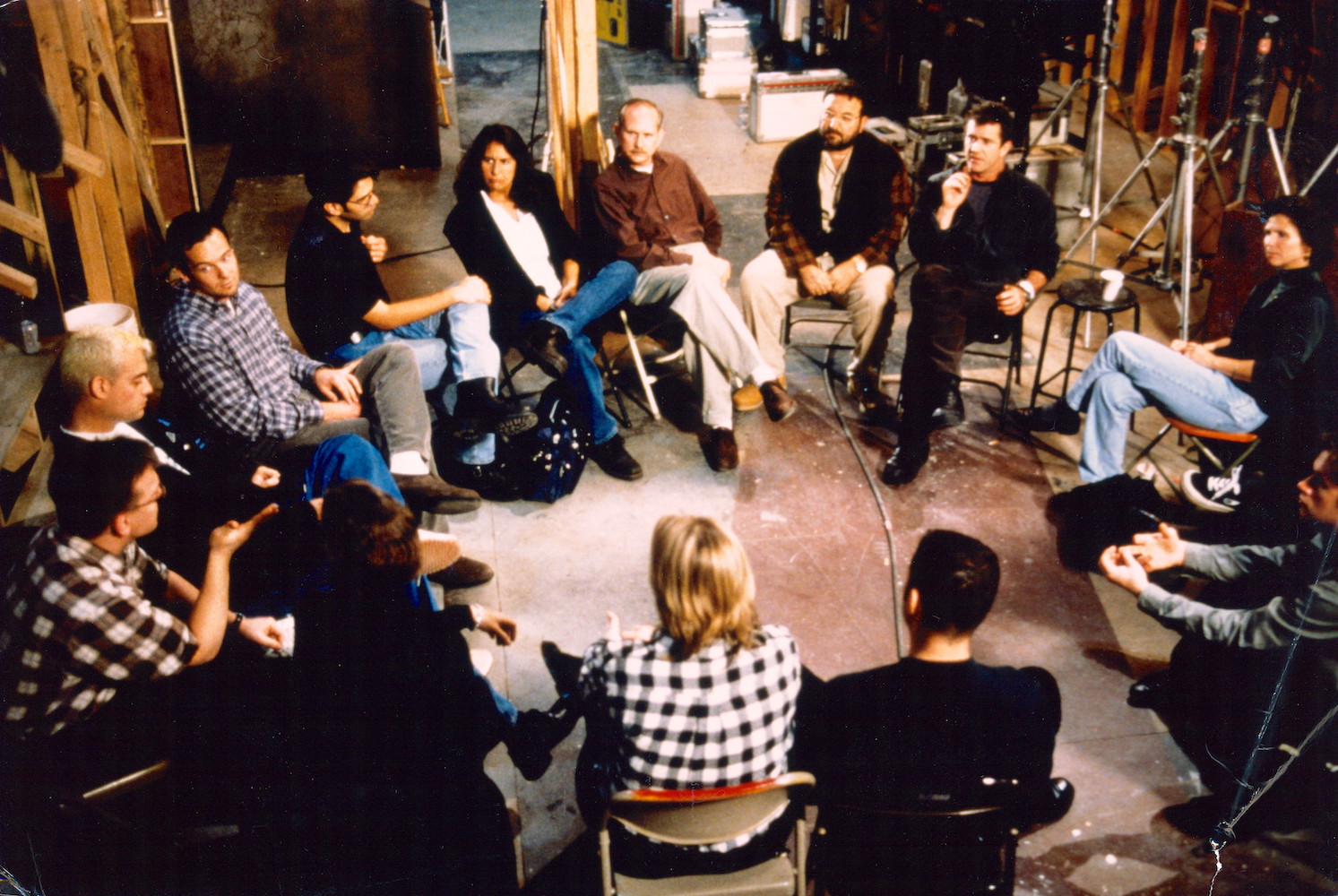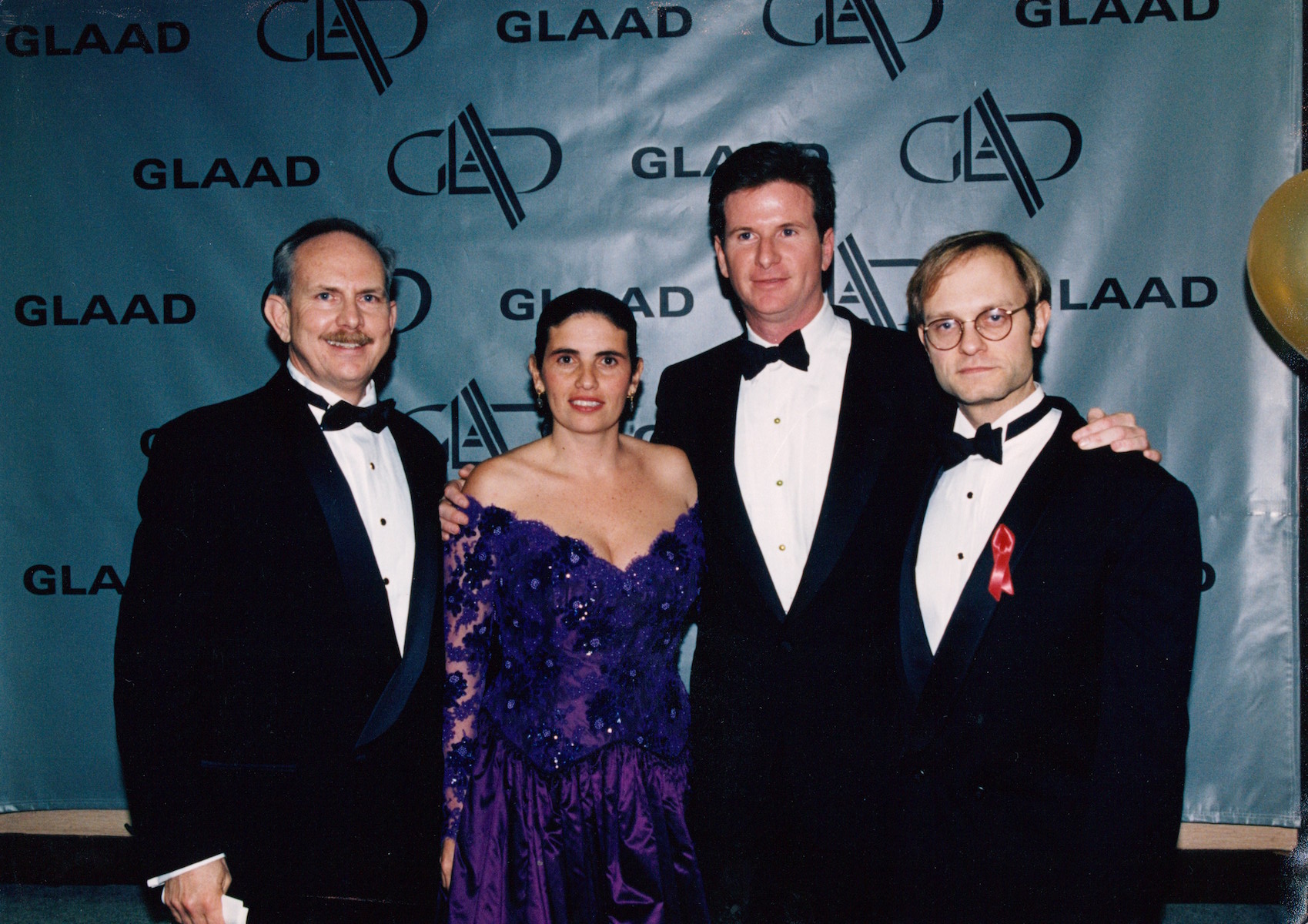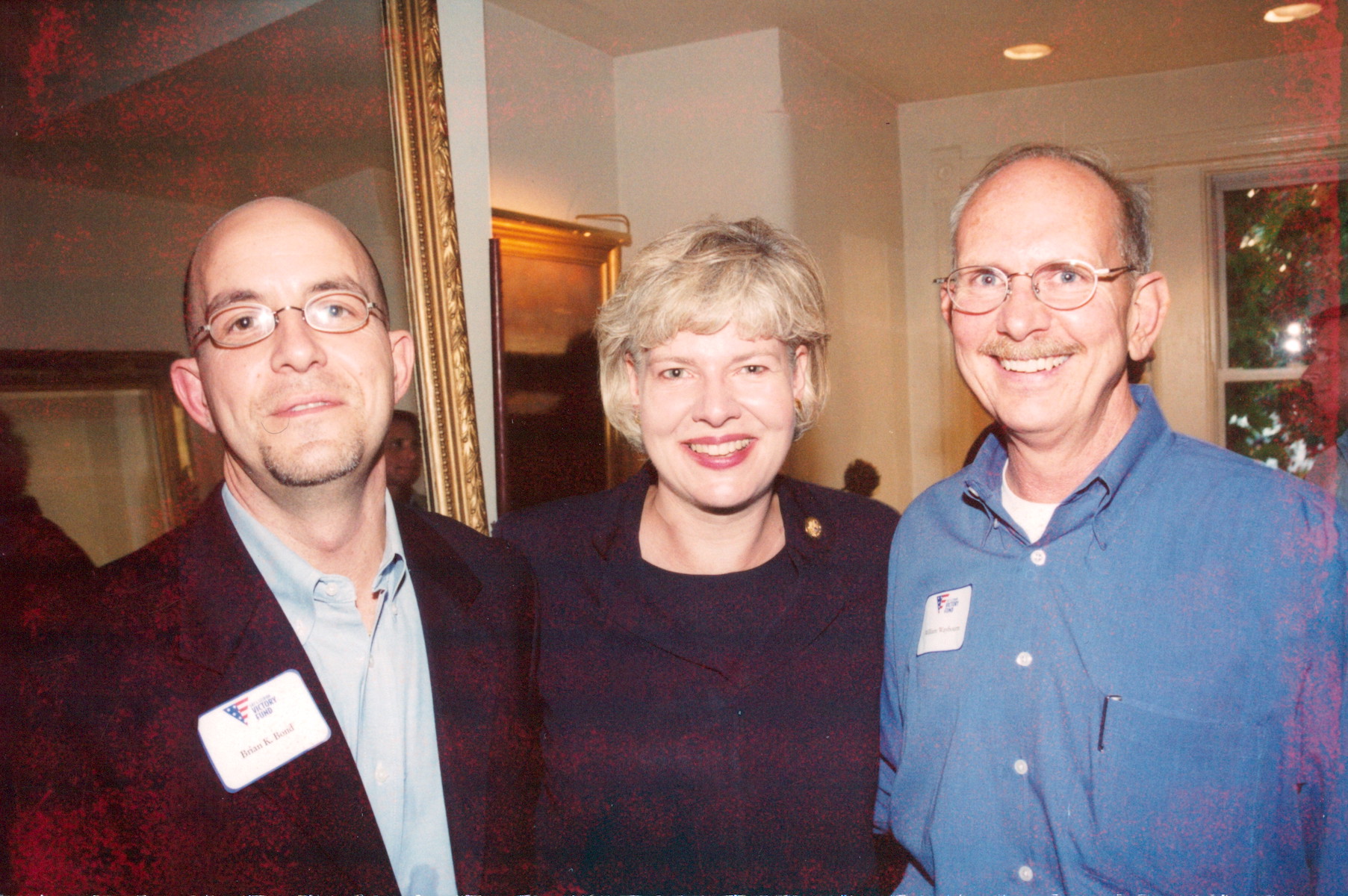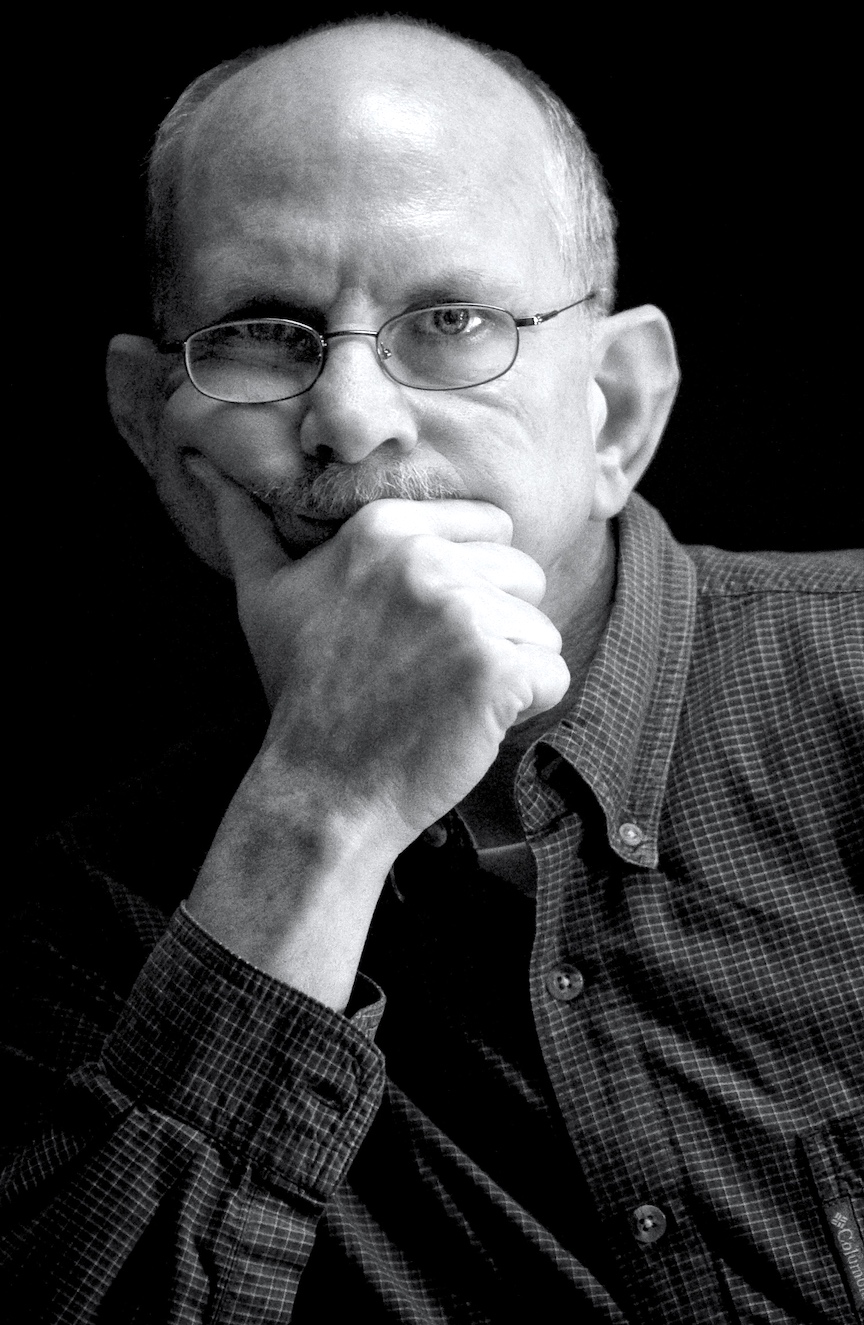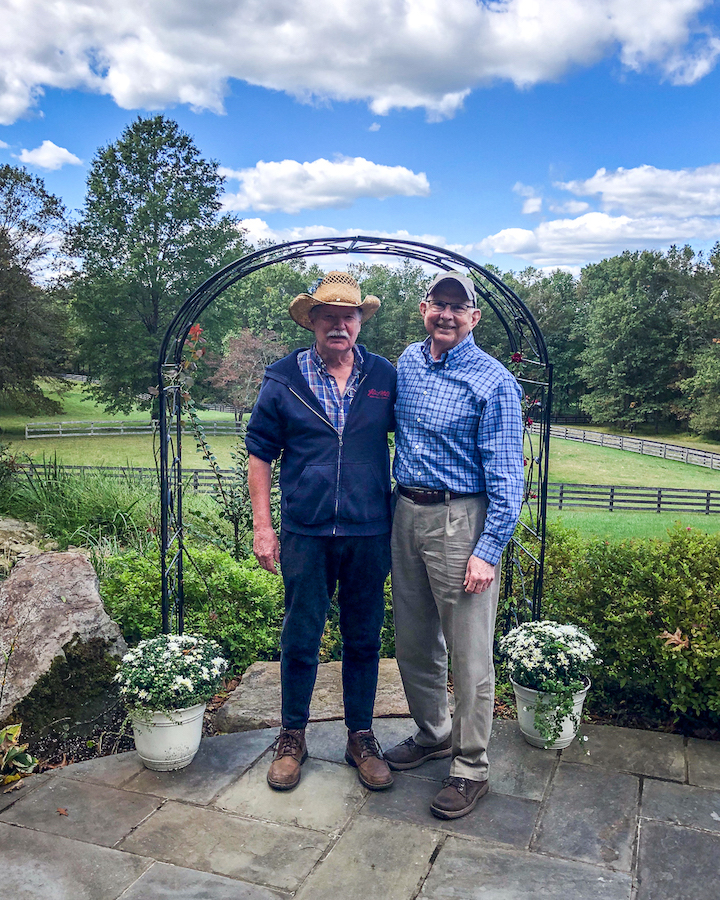William Waybourn was born in 1947 in Houston, Texas, and raised on a farm in Matador, Texas, 95 miles east of Lubbock – in other words, the middle of nowhere. Although Matador was deeply segregated, William’s parents modeled an entirely different set of values. Black patrons were welcomed in through the front door of the family restaurant, and on occasion, Black women fleeing from domestic violence found shelter in the Waybourn home. This example of activism and radical hospitality would shape William’s entire life.
By 1973, William was working at a daily newspaper. There, he met a man named Craig Spaulding. They fell in love and have been together ever since, jointly raising Craig’s daughter Stephanie (who became an activist in her own right).
In 1979, William met Bill Nelson and Terry Tebedo through his friend John Thomas, and started volunteering with the Dallas Gay Alliance (DGA). In the early 1980s, as the disease that would become known as AIDS appeared on the scene, DGA started a foundation to provide financial assistance to people with AIDS, a food bank, youth groups to educate young people about AIDS, and a legal hospice which gave free legal services to people who needed it.
A turning point came when DGA found out that the county hospital in Dallas, then known as Parkland, was letting patients die waiting for medications and hospital beds because it would be “too expensive” to treat them. DGA sued the hospital; and to everyone’s profound surprise, the conservative judge overseeing the lawsuit ordered an end to the waiting lists right there in the courtroom.
Throughout all this, William and Craig watched their friends die in staggering numbers, including eventually Bill Nelson and Terry Tebedo. Around the same time, William met Ron Woodroof, a volunteer at the center. Ron became involved in the community’s practice of acquiring and redistributing non-FDA approved experimental medicine through whatever means it could, a story that was later dramatized in the film Dallas Buyers Club.
A turning point in William’s activism occurred in 1990, when Ann Richards won her race for governor of Texas with support from Emily’s List, an organization which raises money to help elect Democratic women to office. He asked: Why can’t the gay community do that? Within a year, William and Craig had packed their bags and moved to suburban Washington DC, where William founded the Gay and Lesbian Victory Fund. In its 30 years, the Fund has helped train and elect thousands of LGBTQ+ officials across the US.
Within a few years of founding the Victory Fund, William handed it off and turned to his next challenge: the Gay and Lesbian Alliance Against Defamation (GLAAD), which was trying to get the media to present fairer, more positive portrayals of queer people. When William took over at GLAAD, it was floundering. He united it, fortified it, and set its path to becoming one of the most visible and influential queer advocacy organizations in the US, complete with glitzy fundraisers and celebrity spokespeople.
Today, William and Craig live in Linden, VA, where they run a number of DC-area businesses including three restaurants, two hair salons, and an art gallery. When a TV reporter asked William and Craig if they ever argued, Craig said they’d had an argument once, but couldn’t remember what it had been about.
That’s William and his co-pilot Craig in a nutshell: much more interested in loving and doing than in fighting. They survived profound losses in the AIDS epidemic which forged their paths as activists, and they haven’t looked back since.

